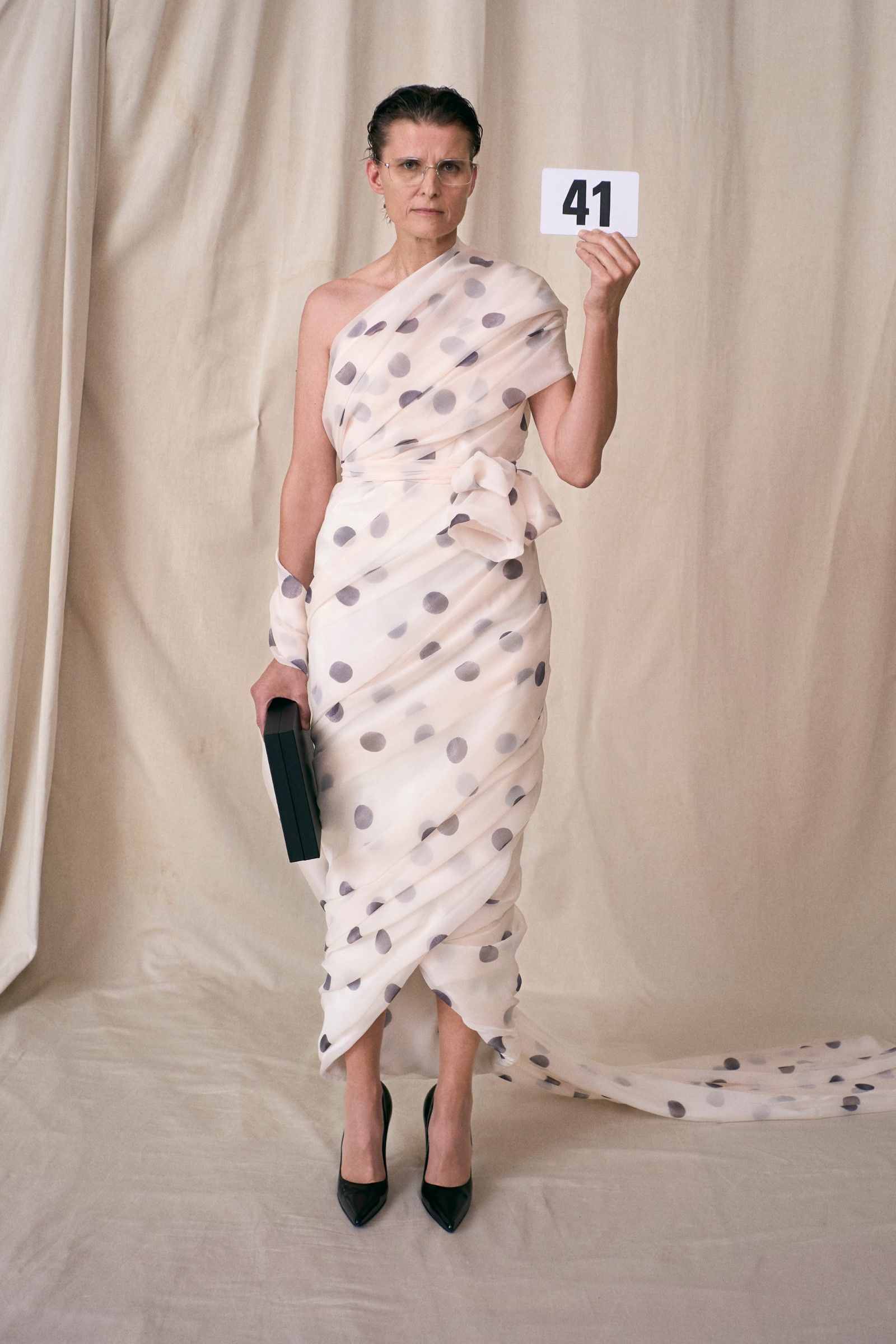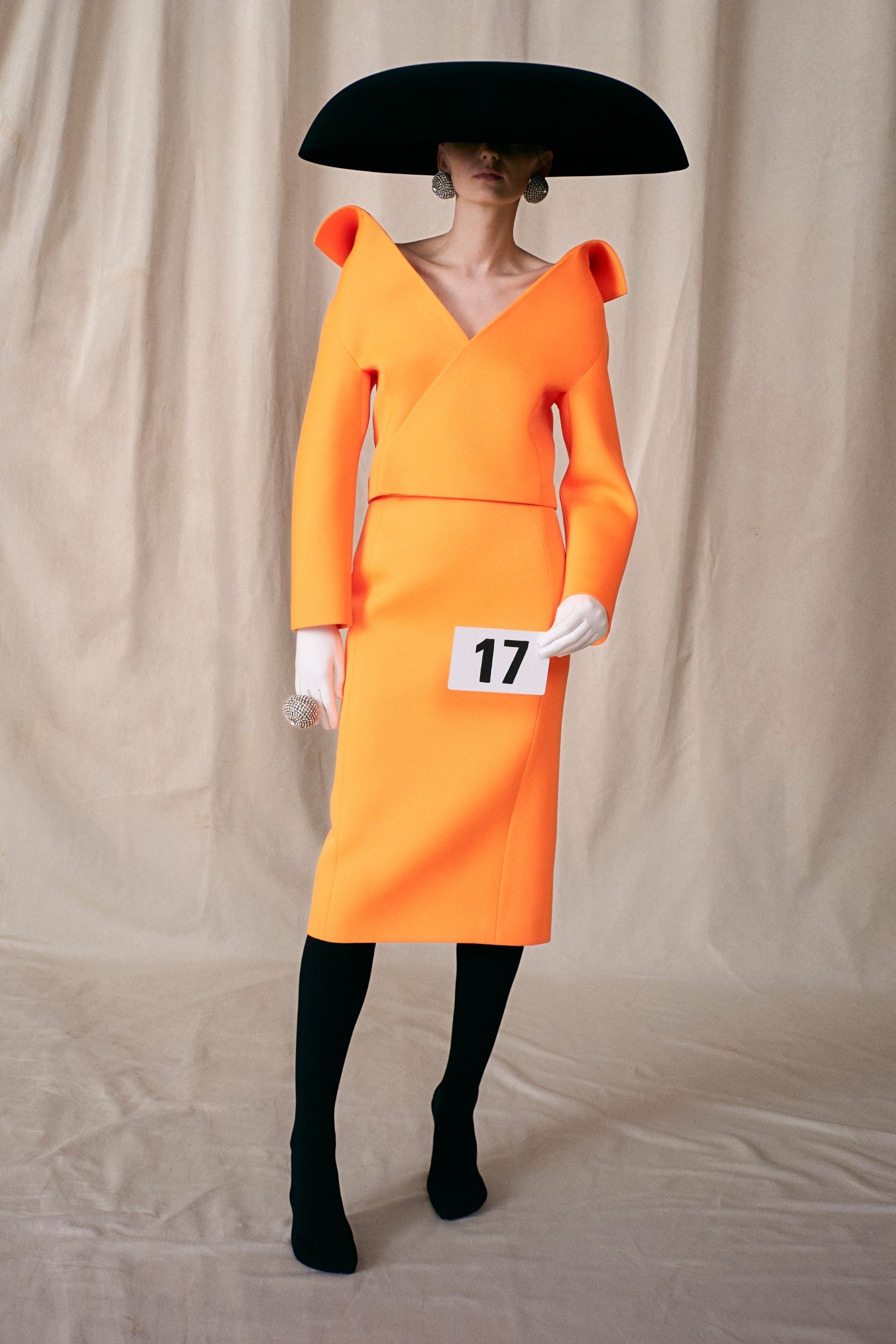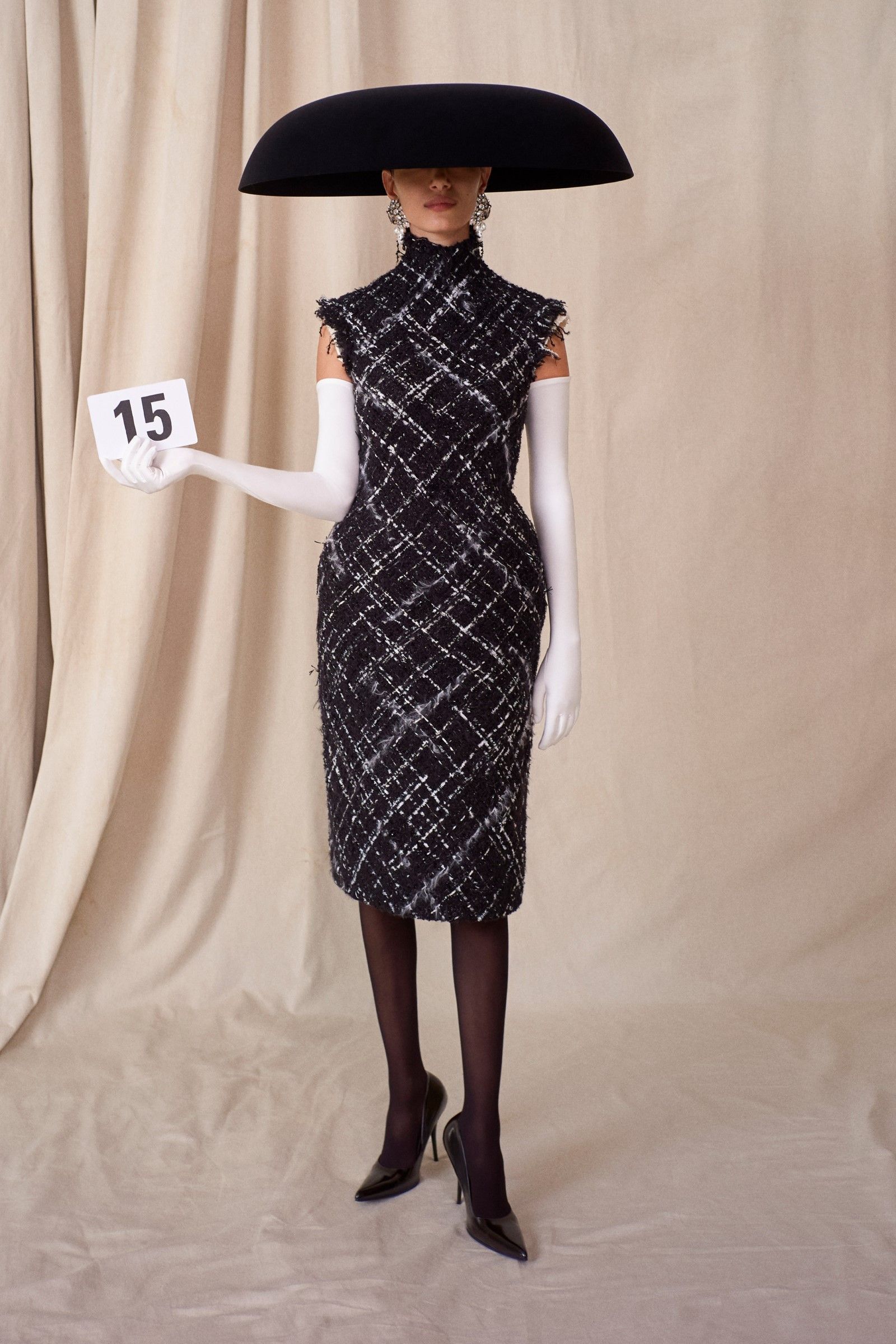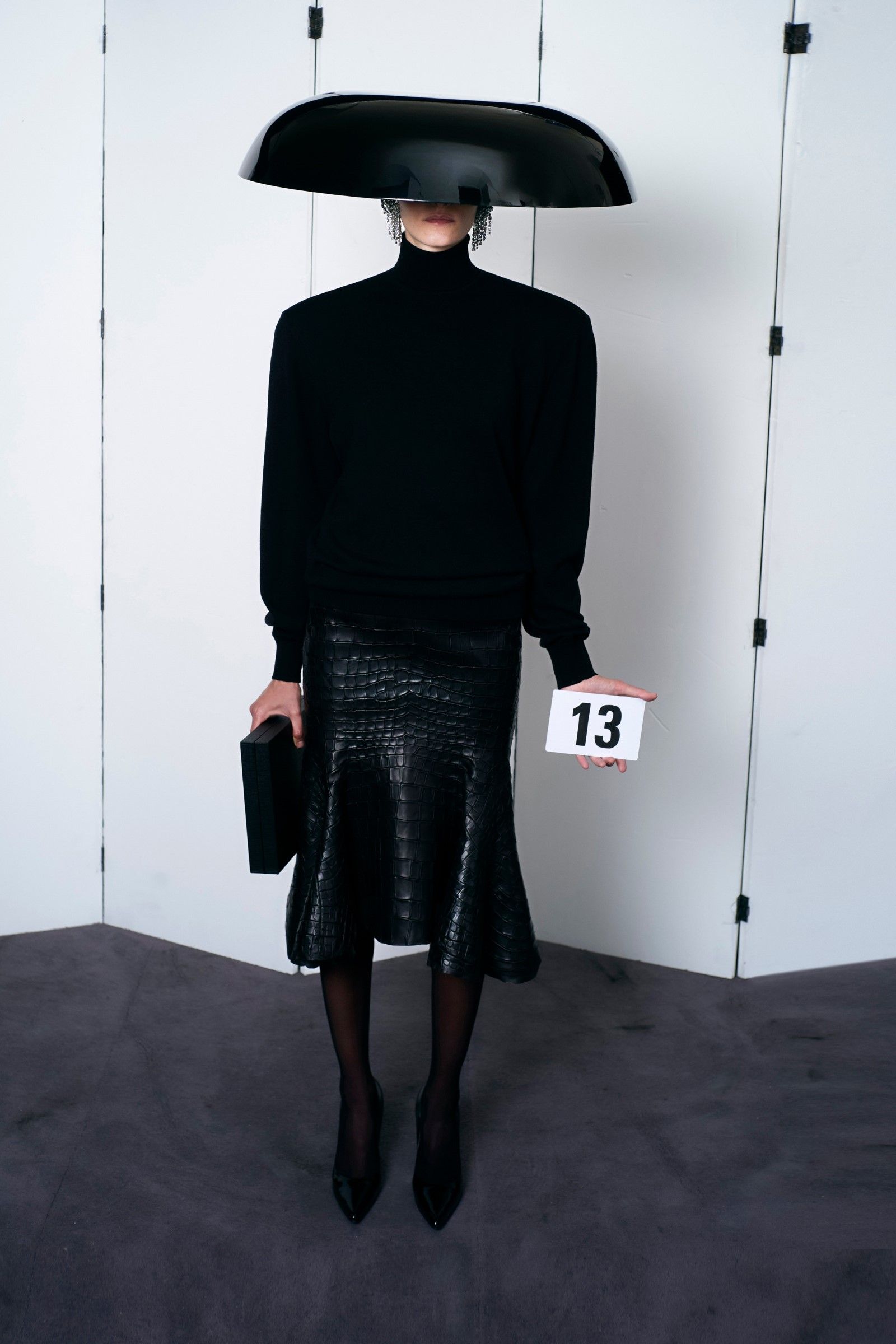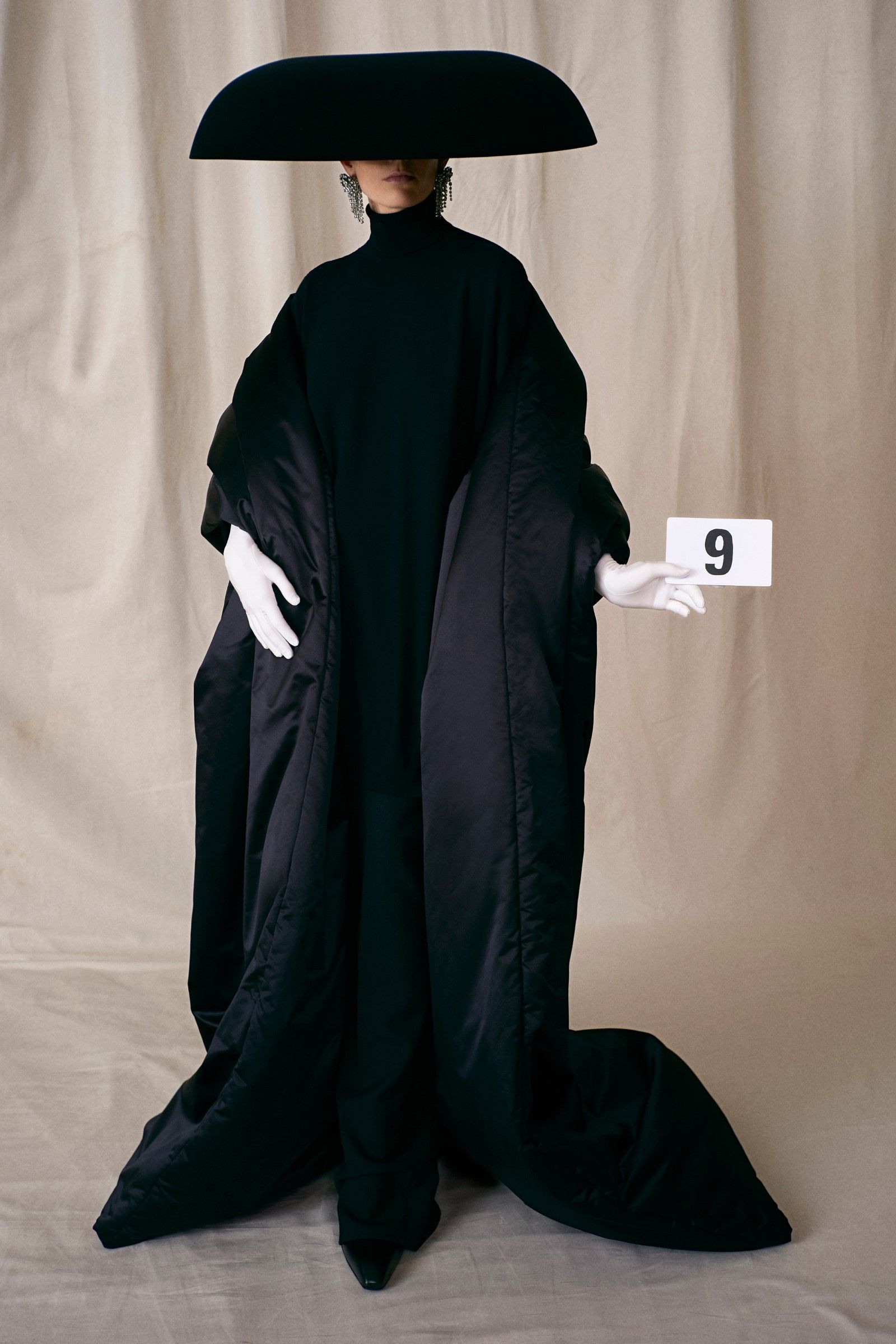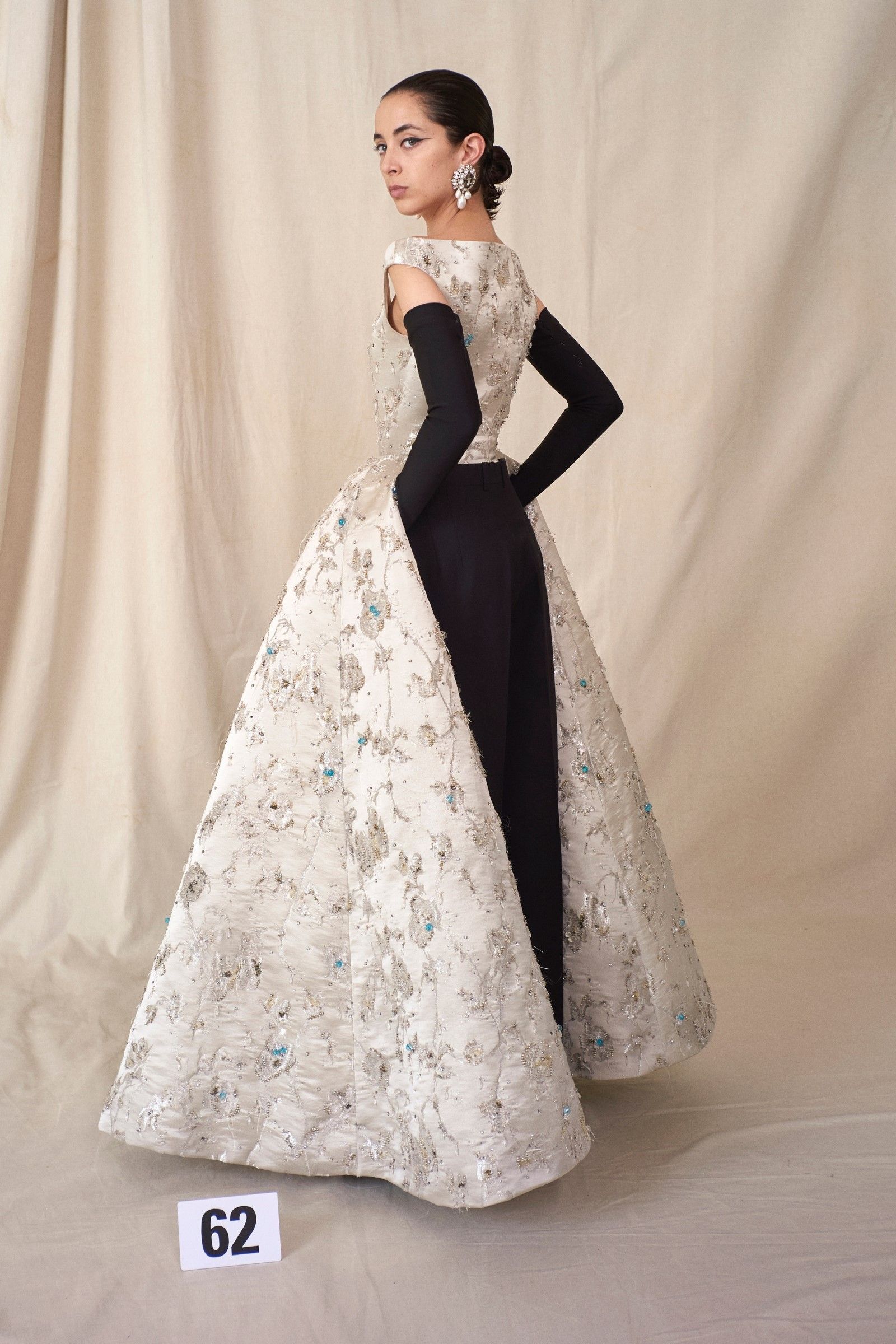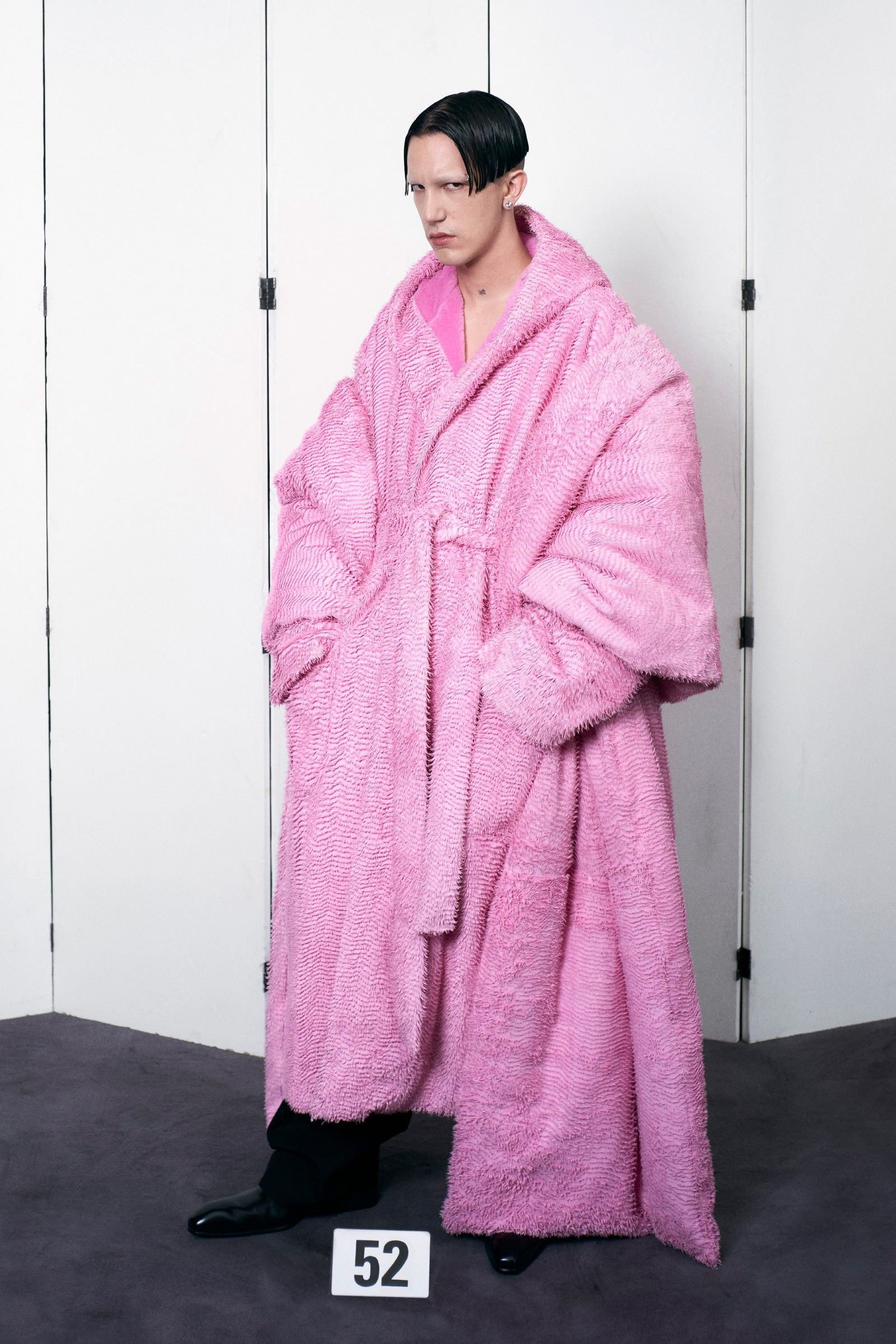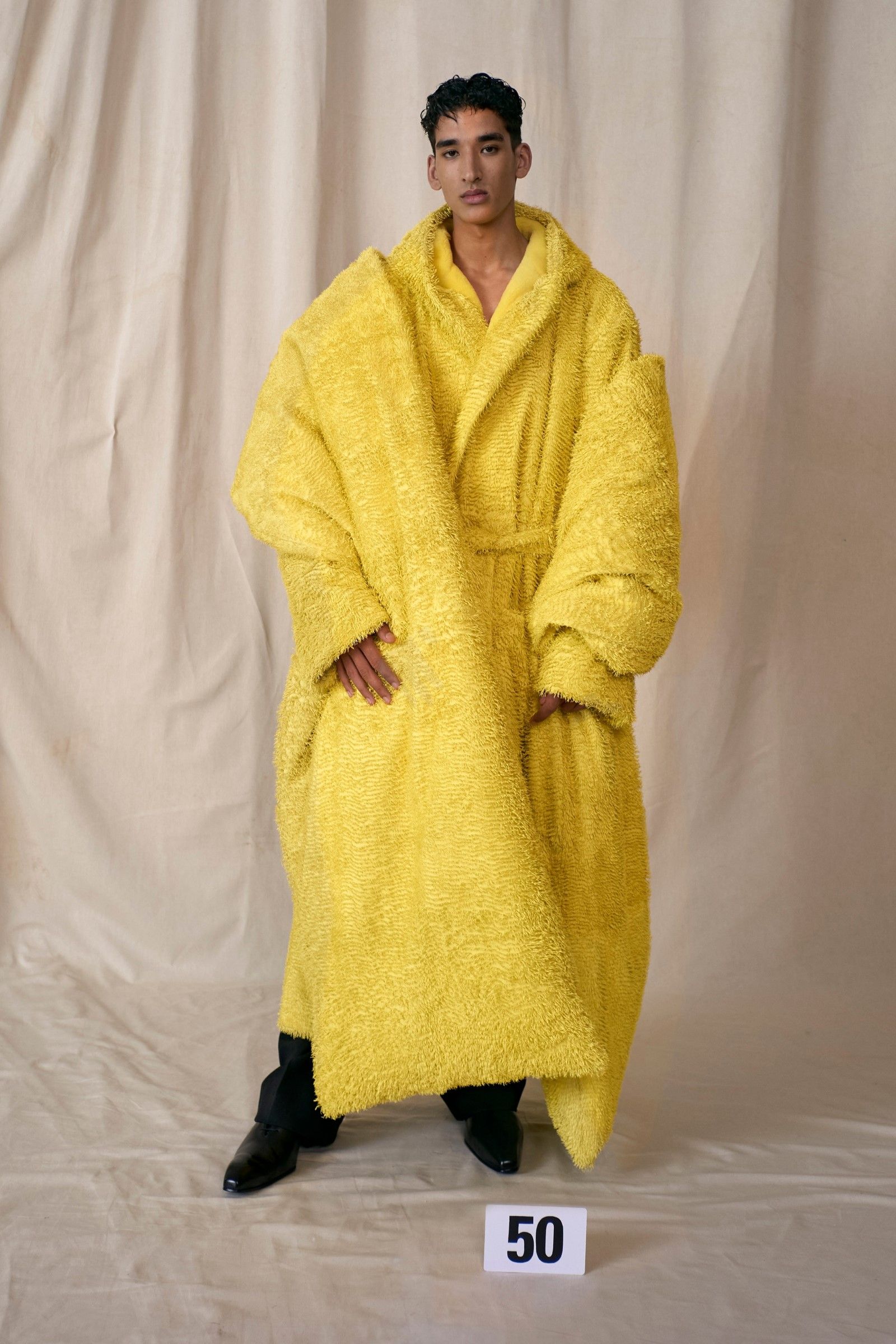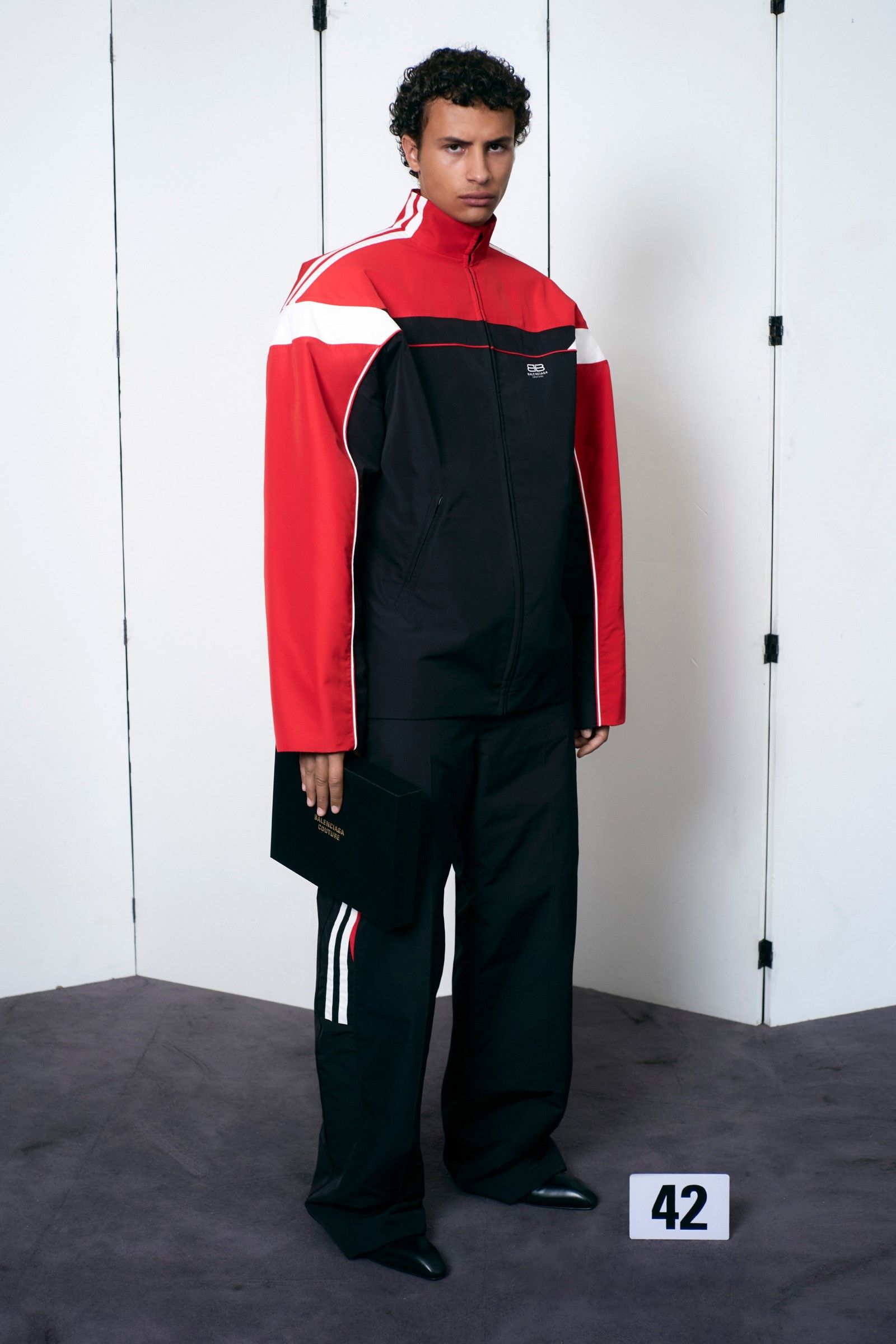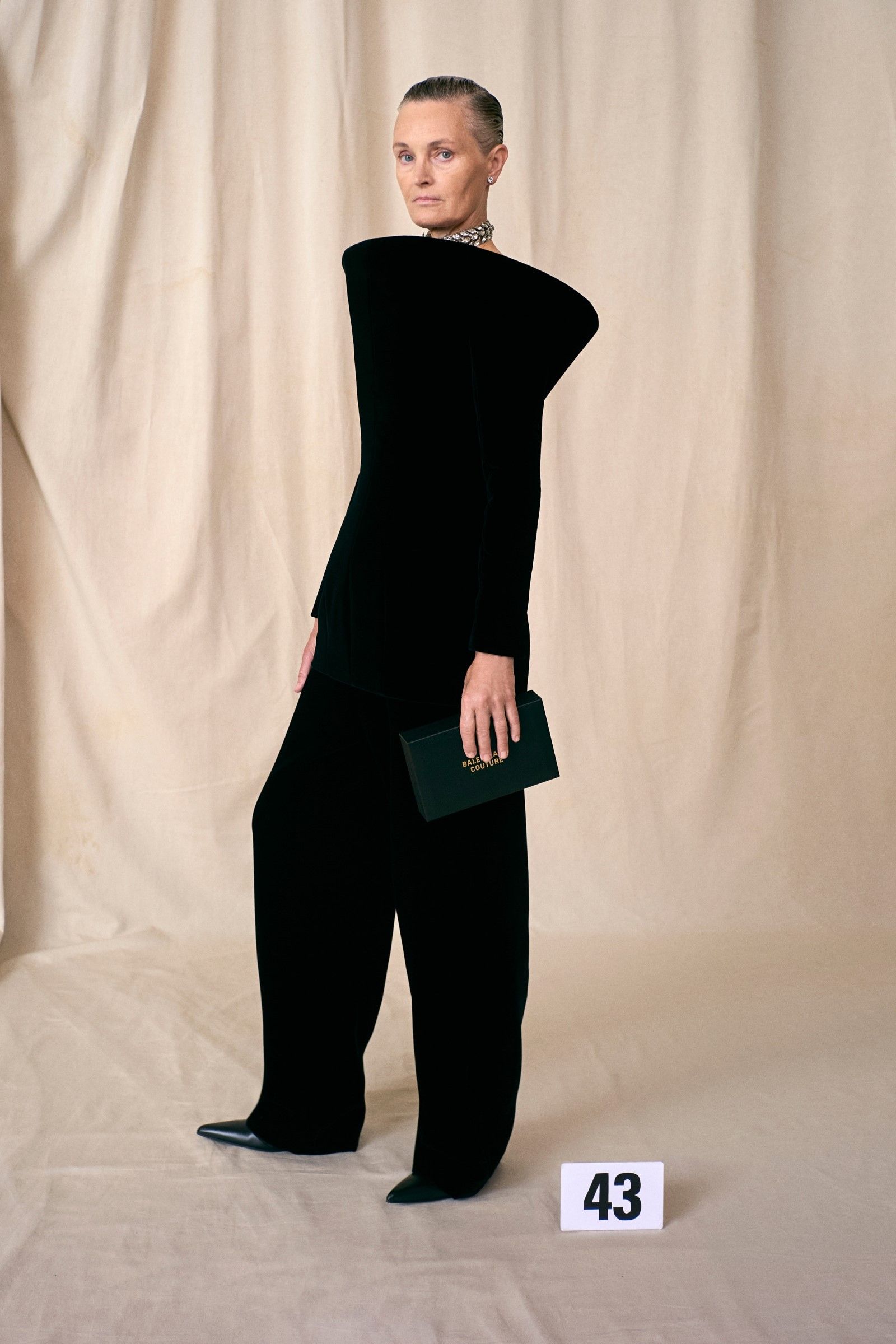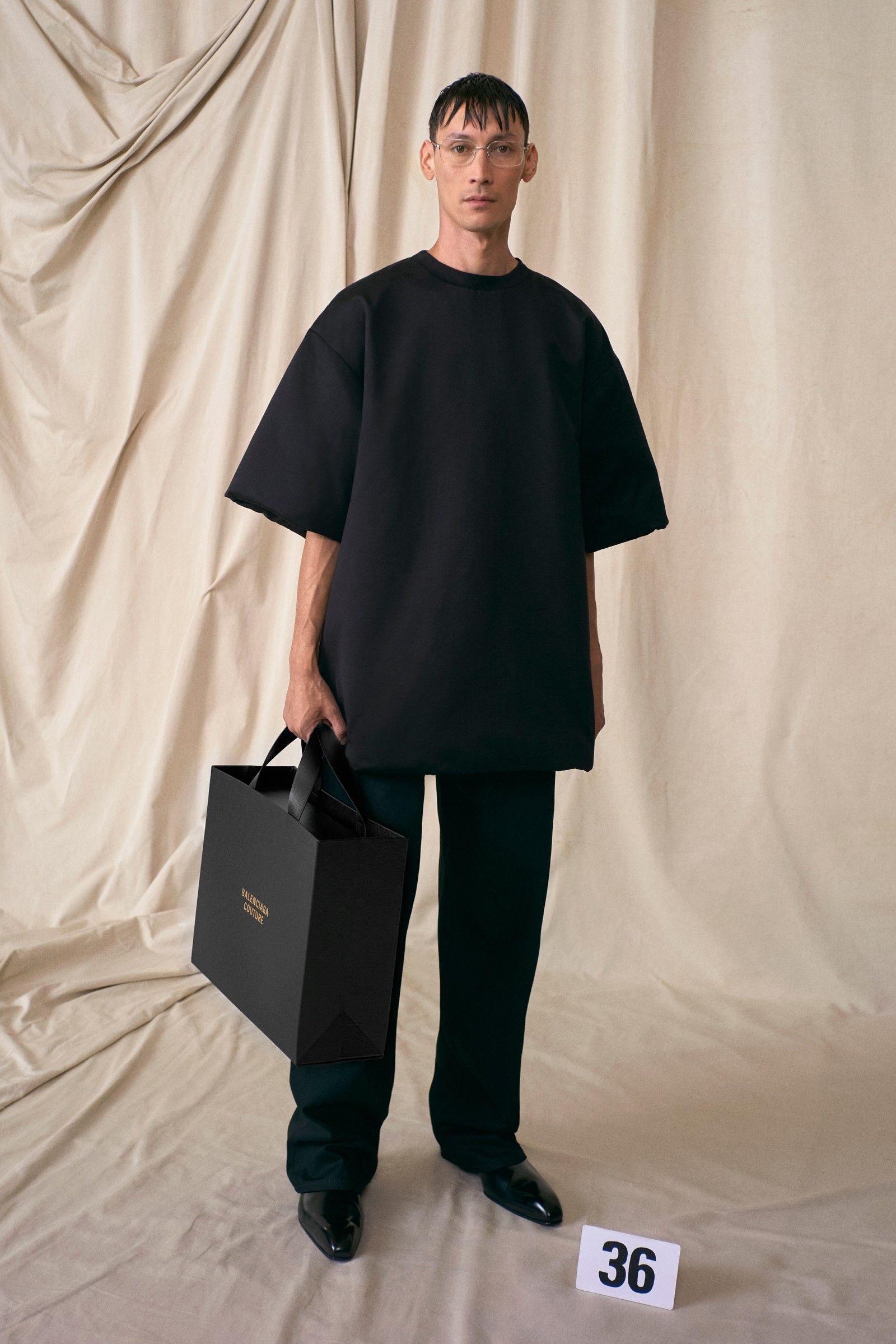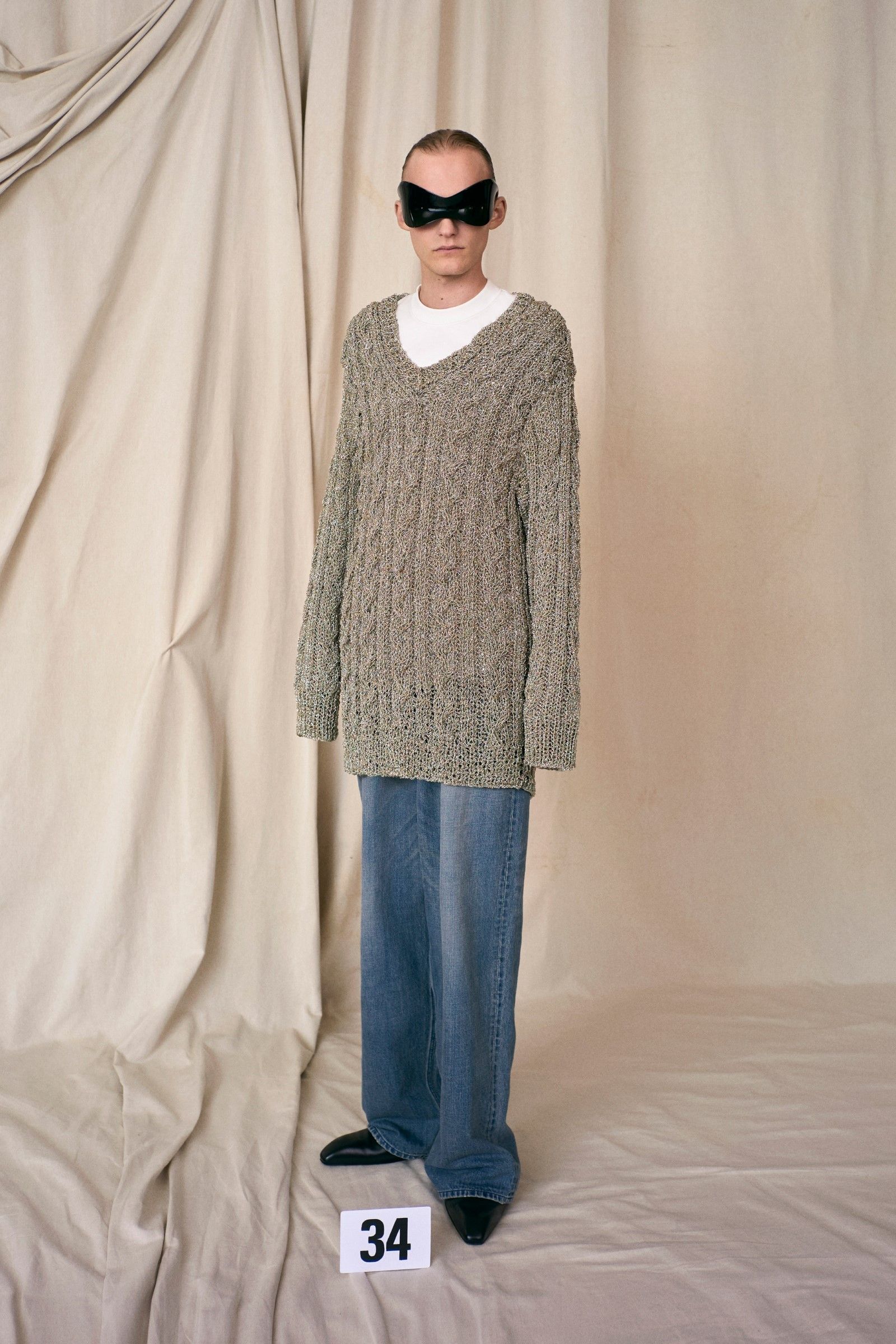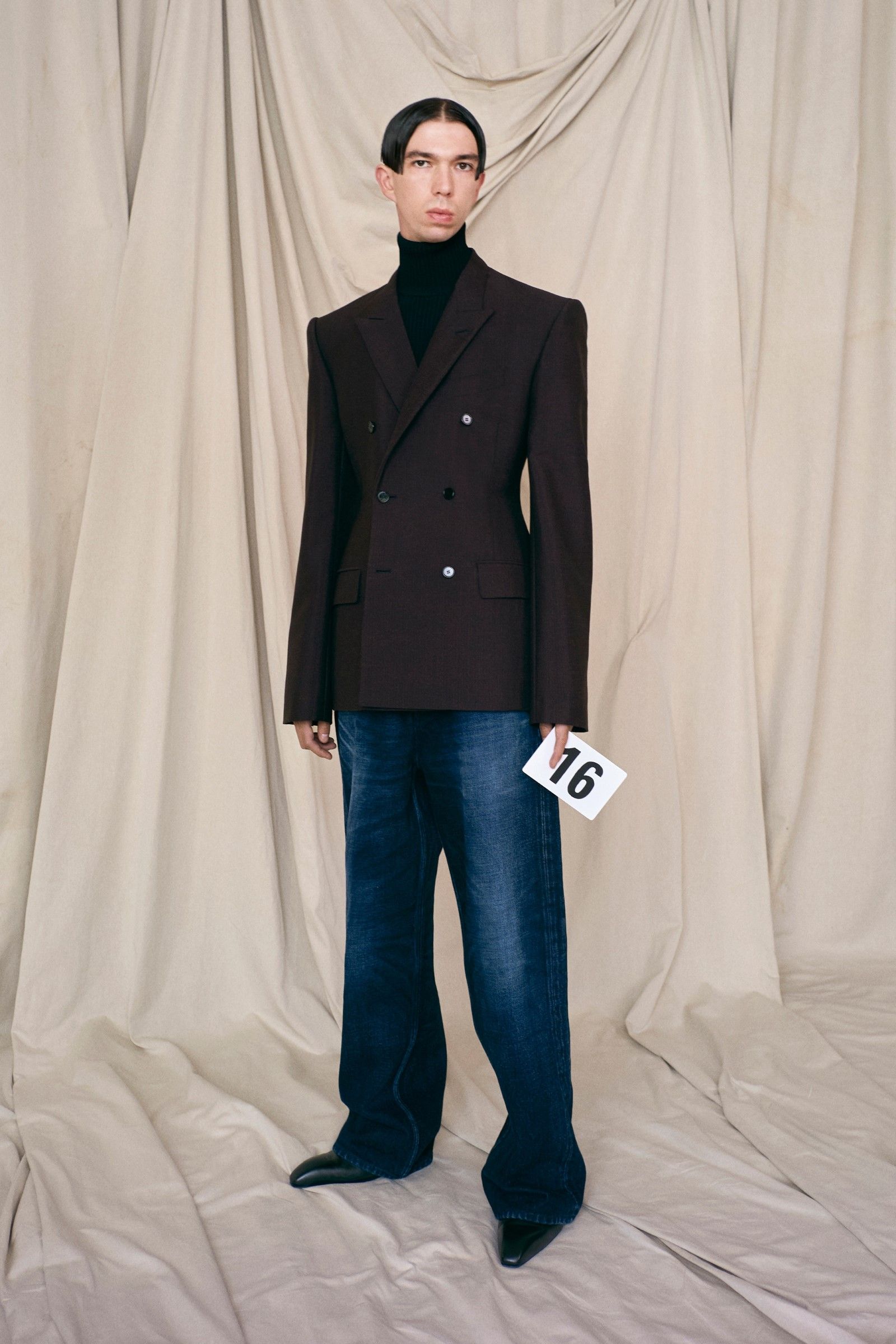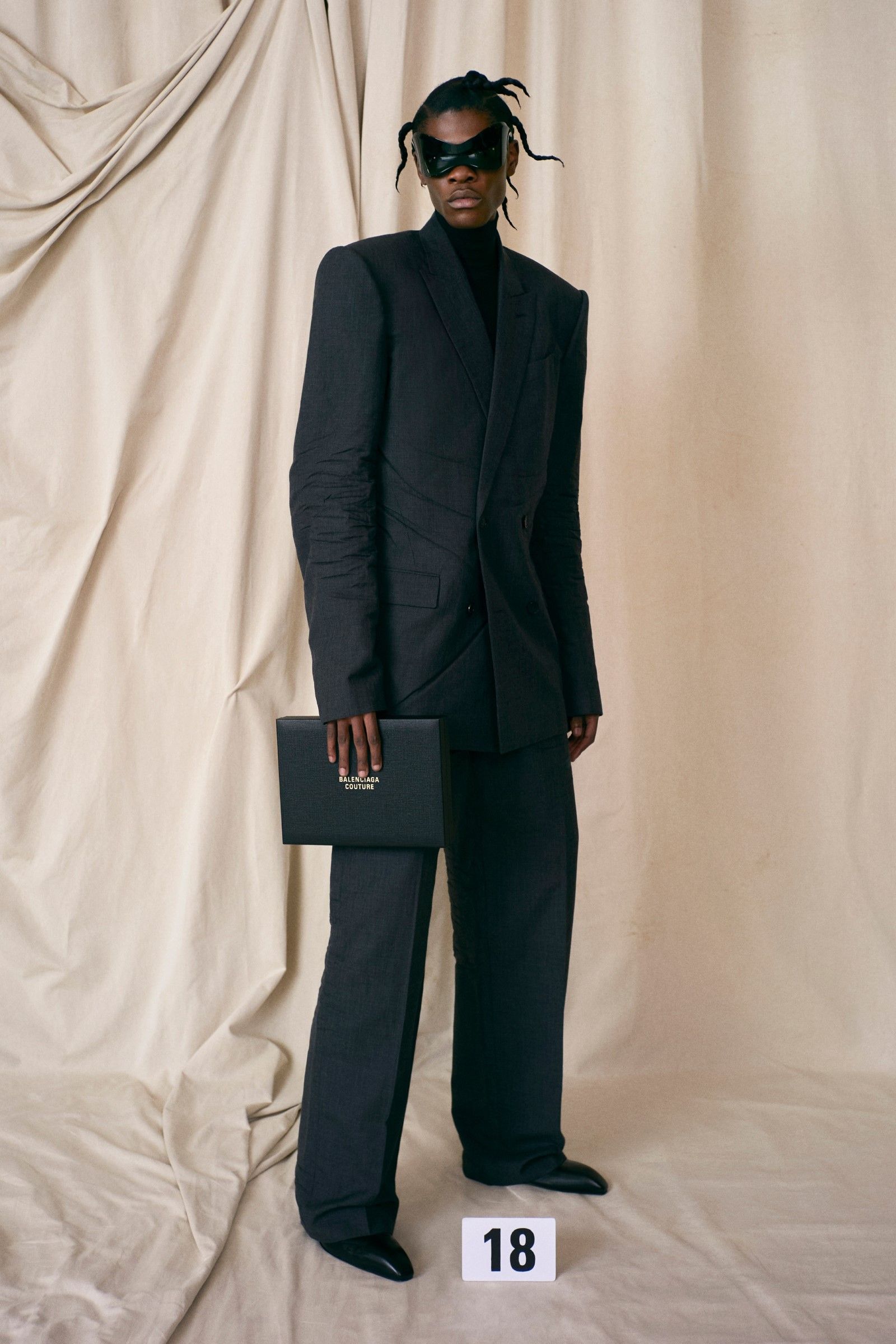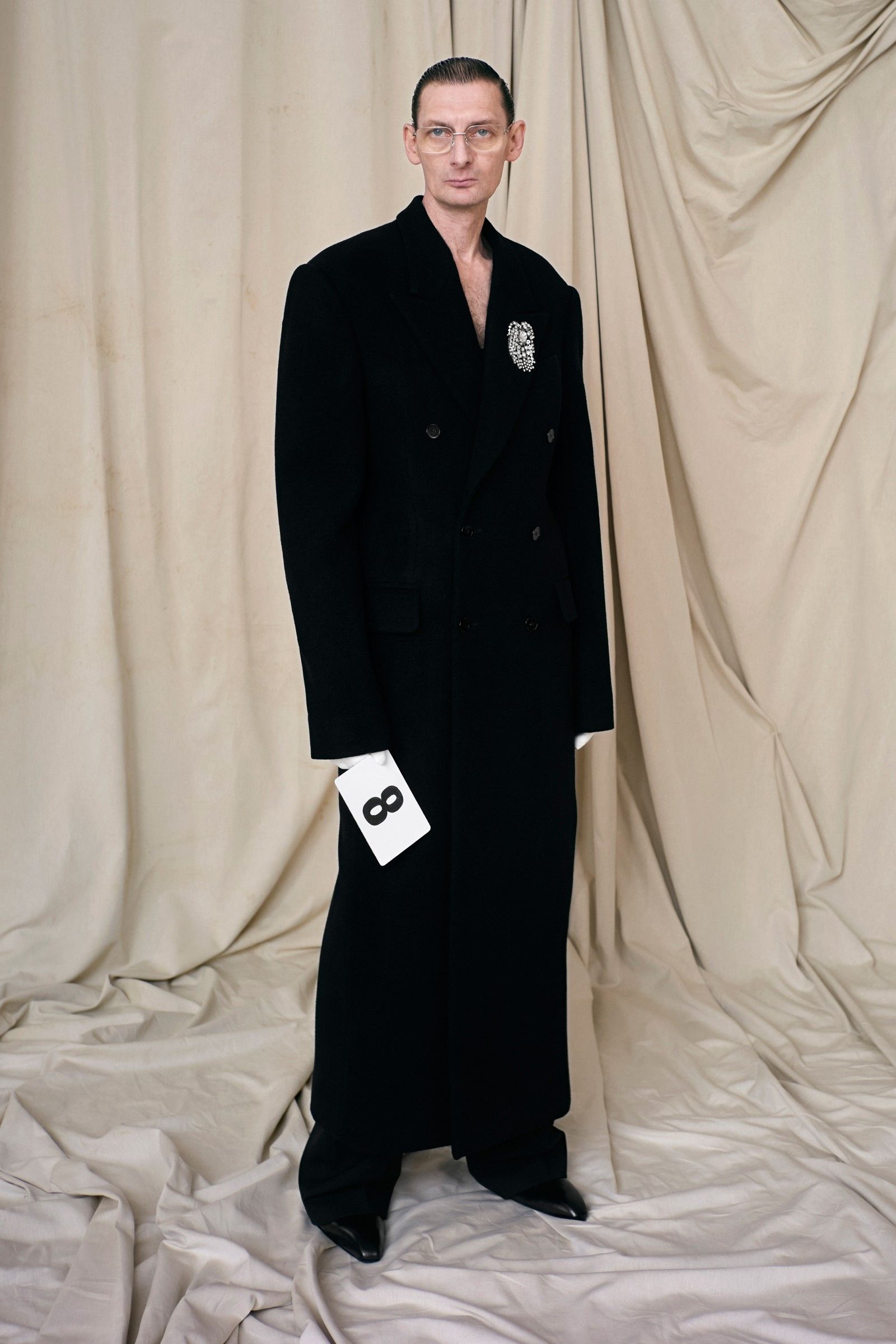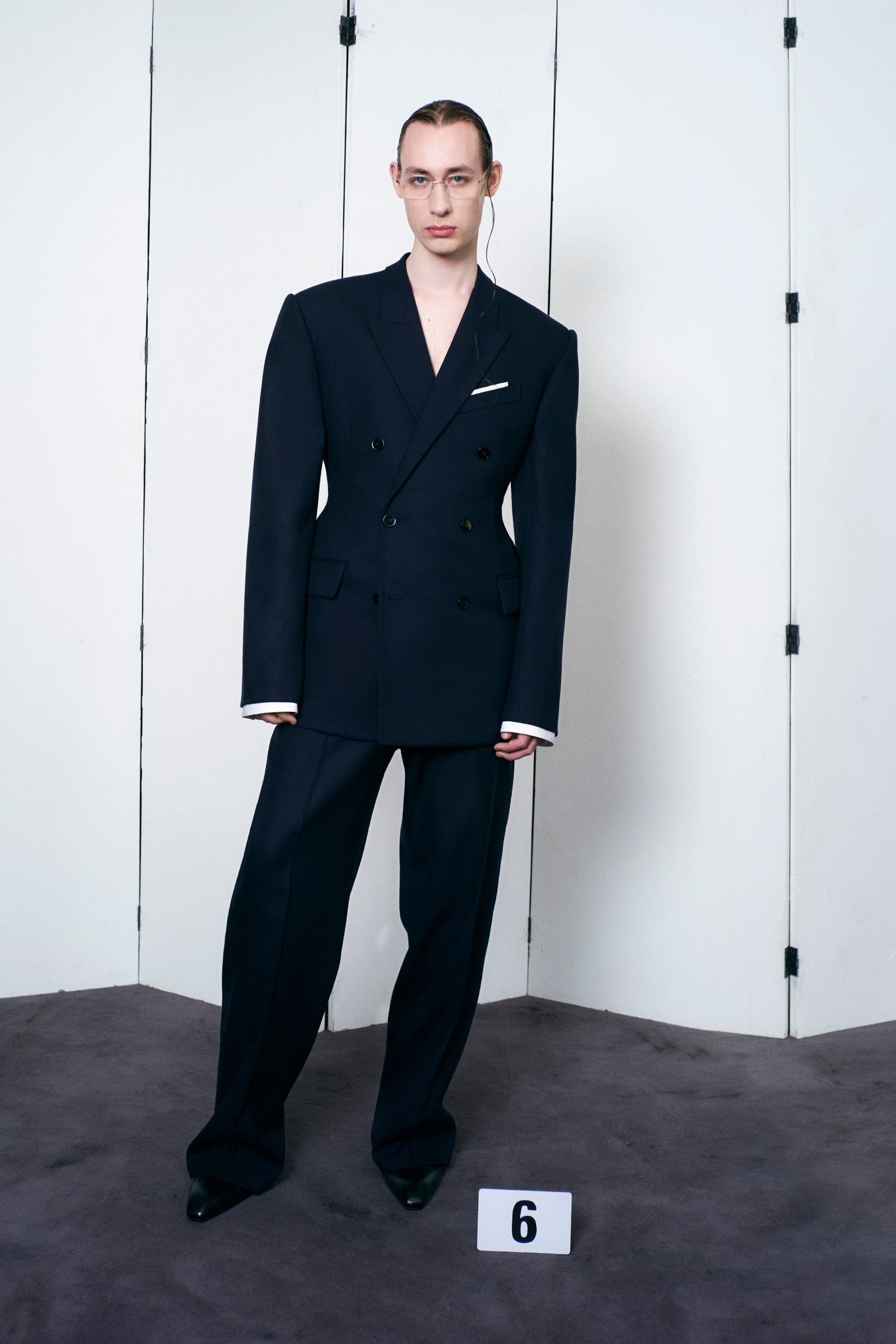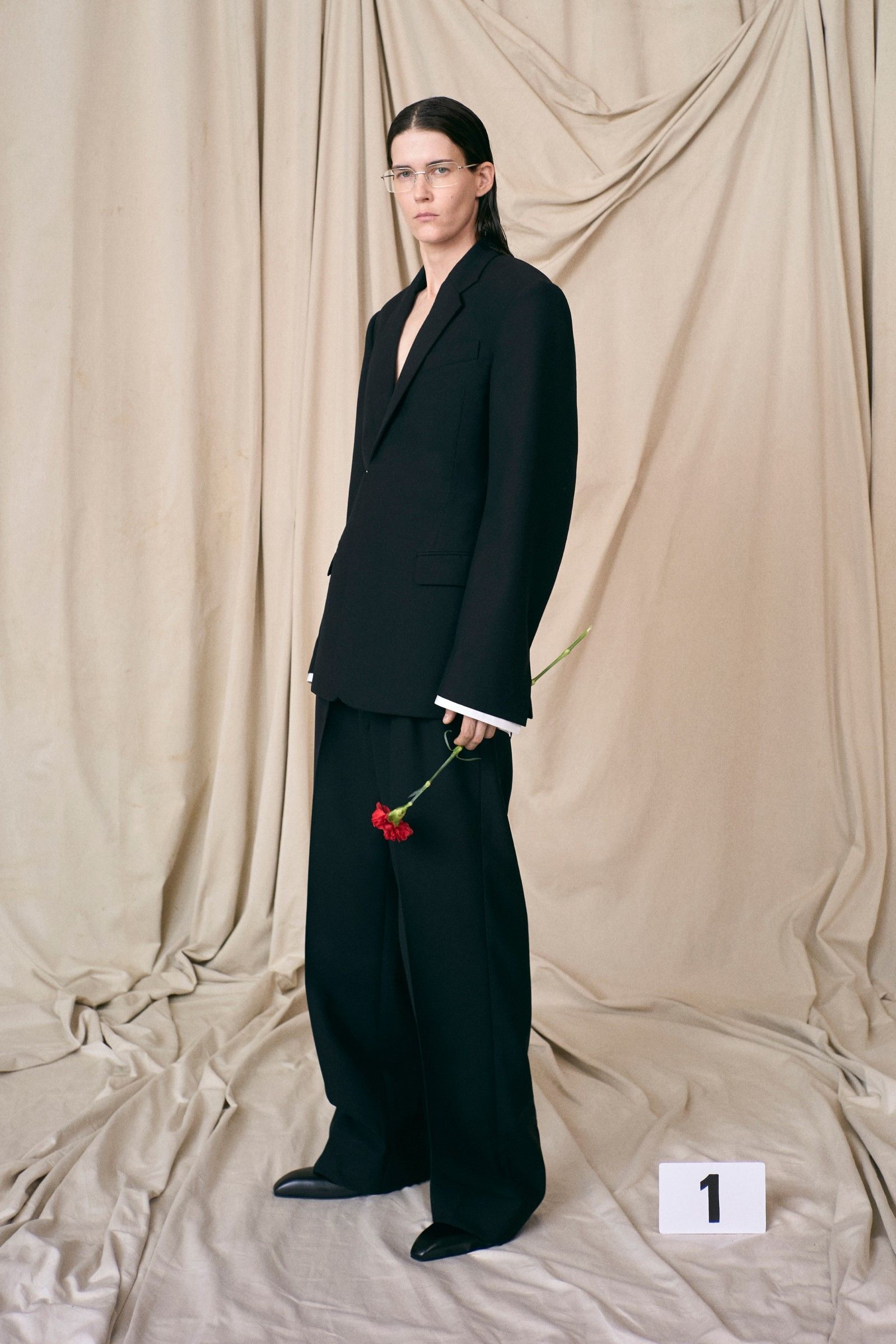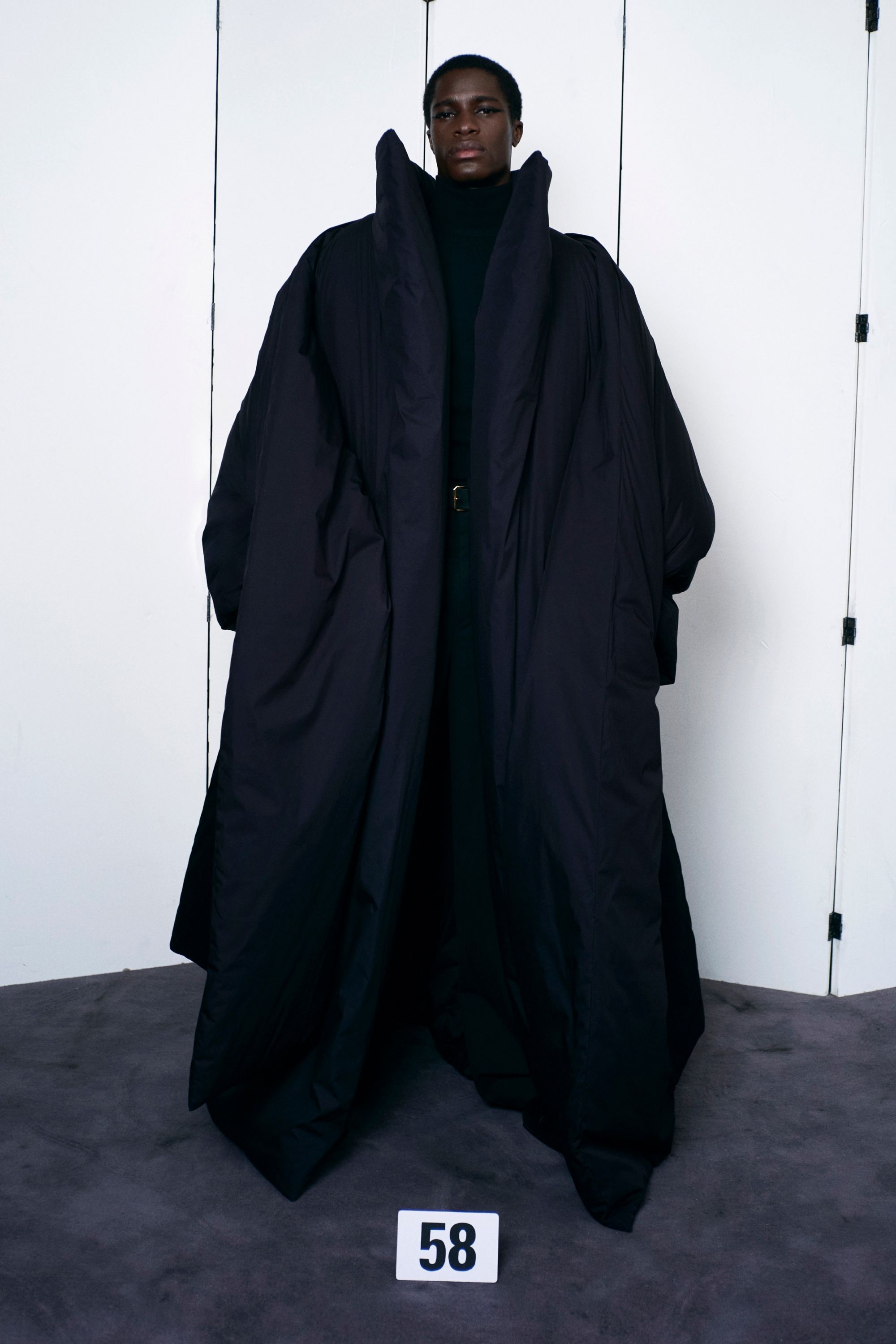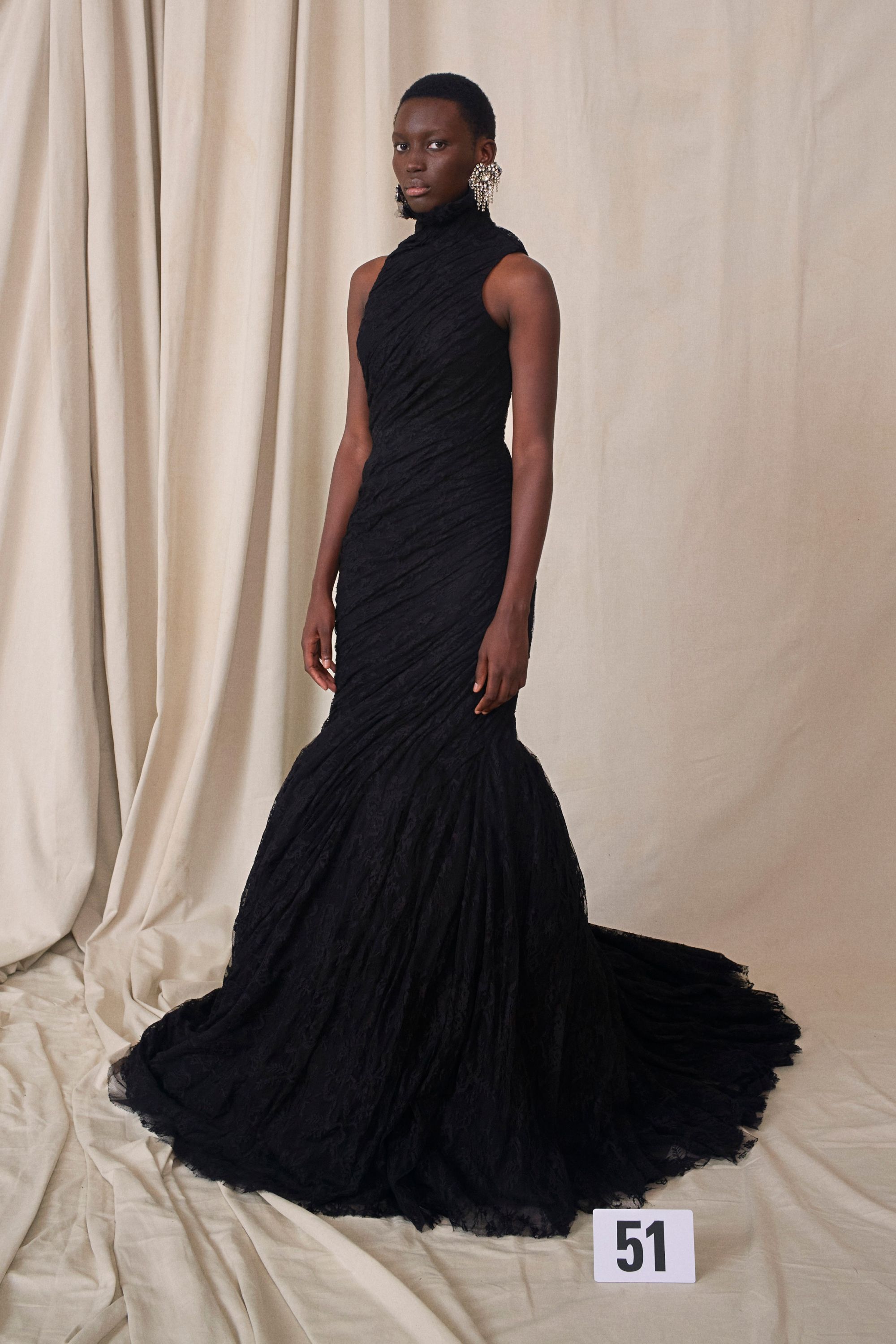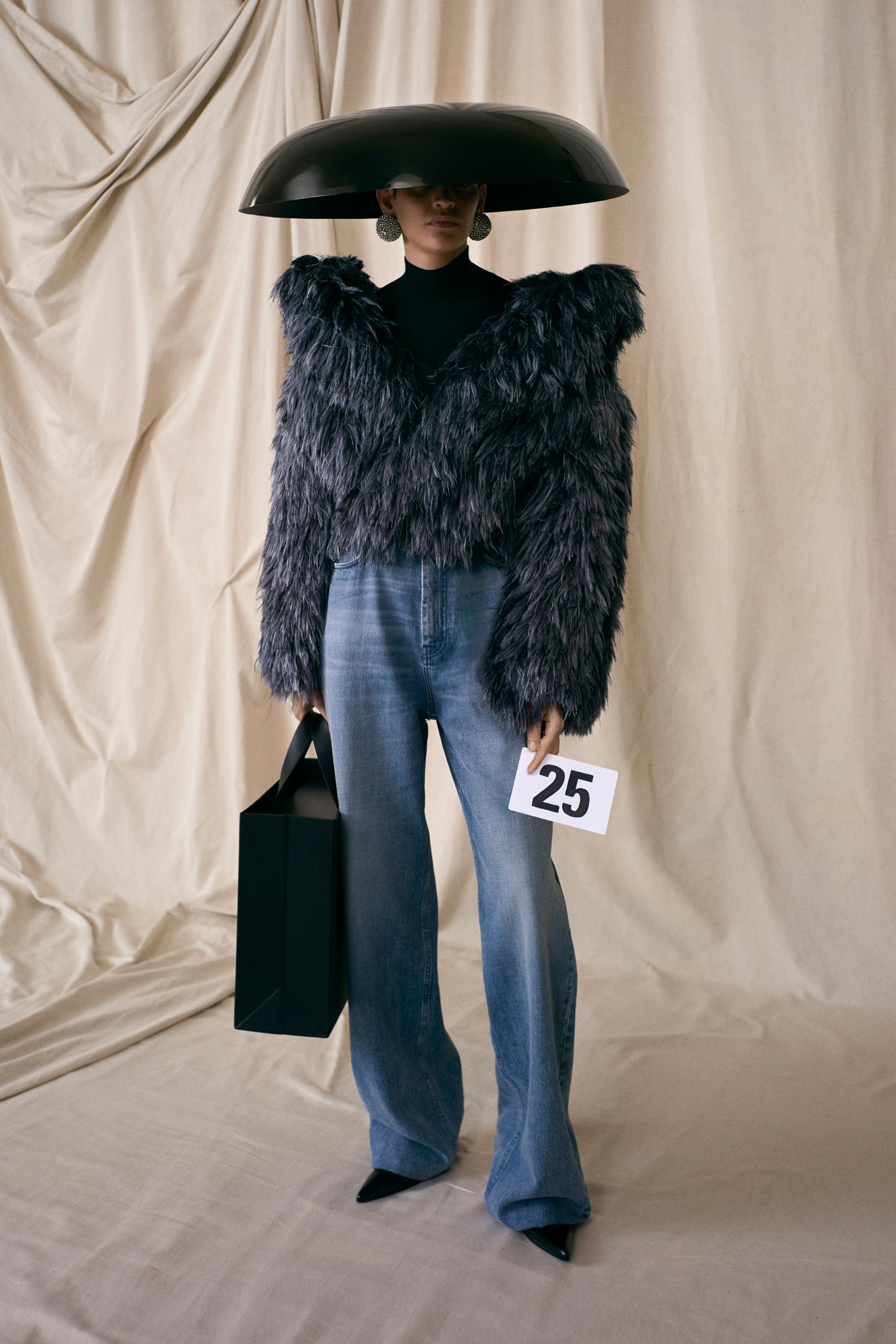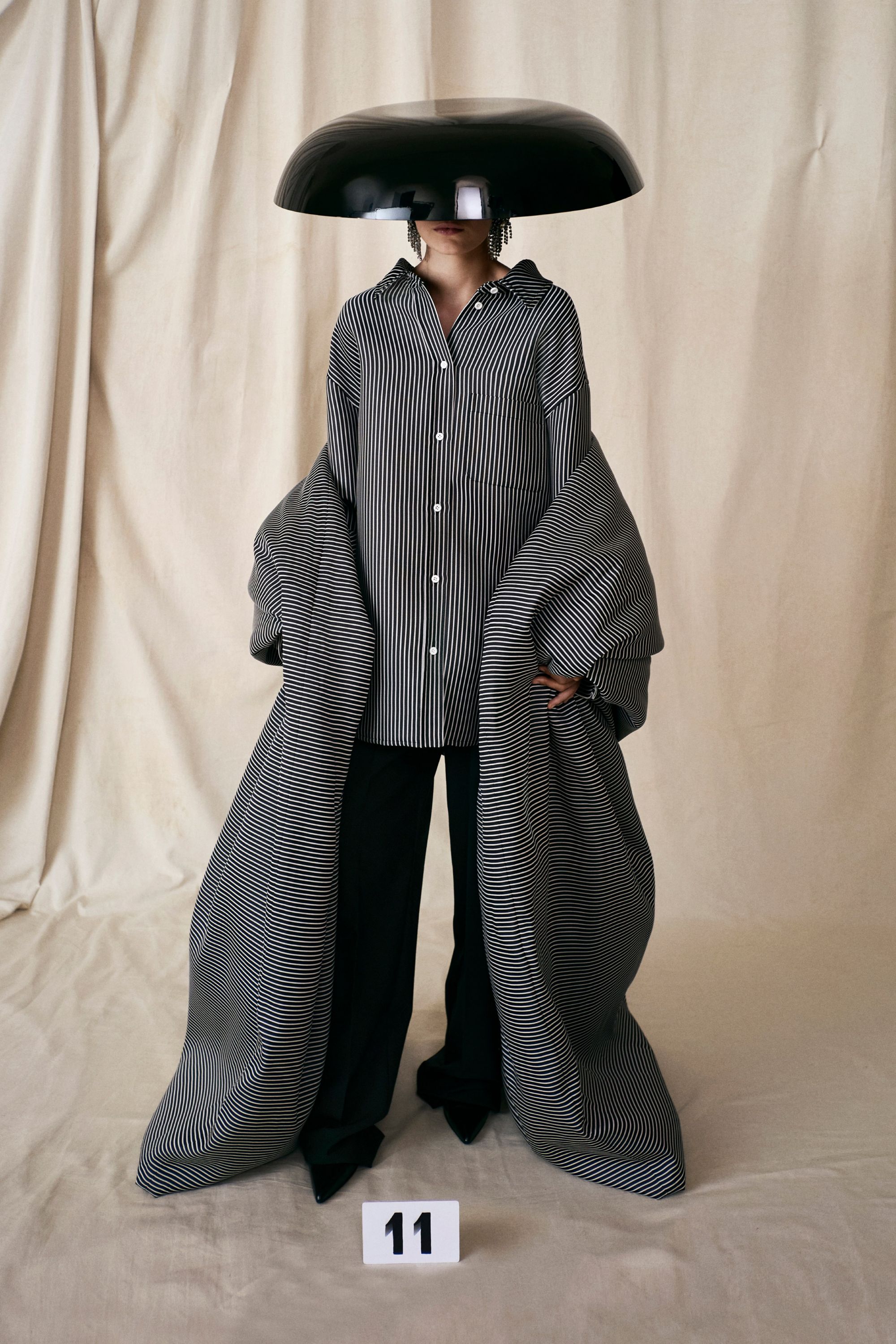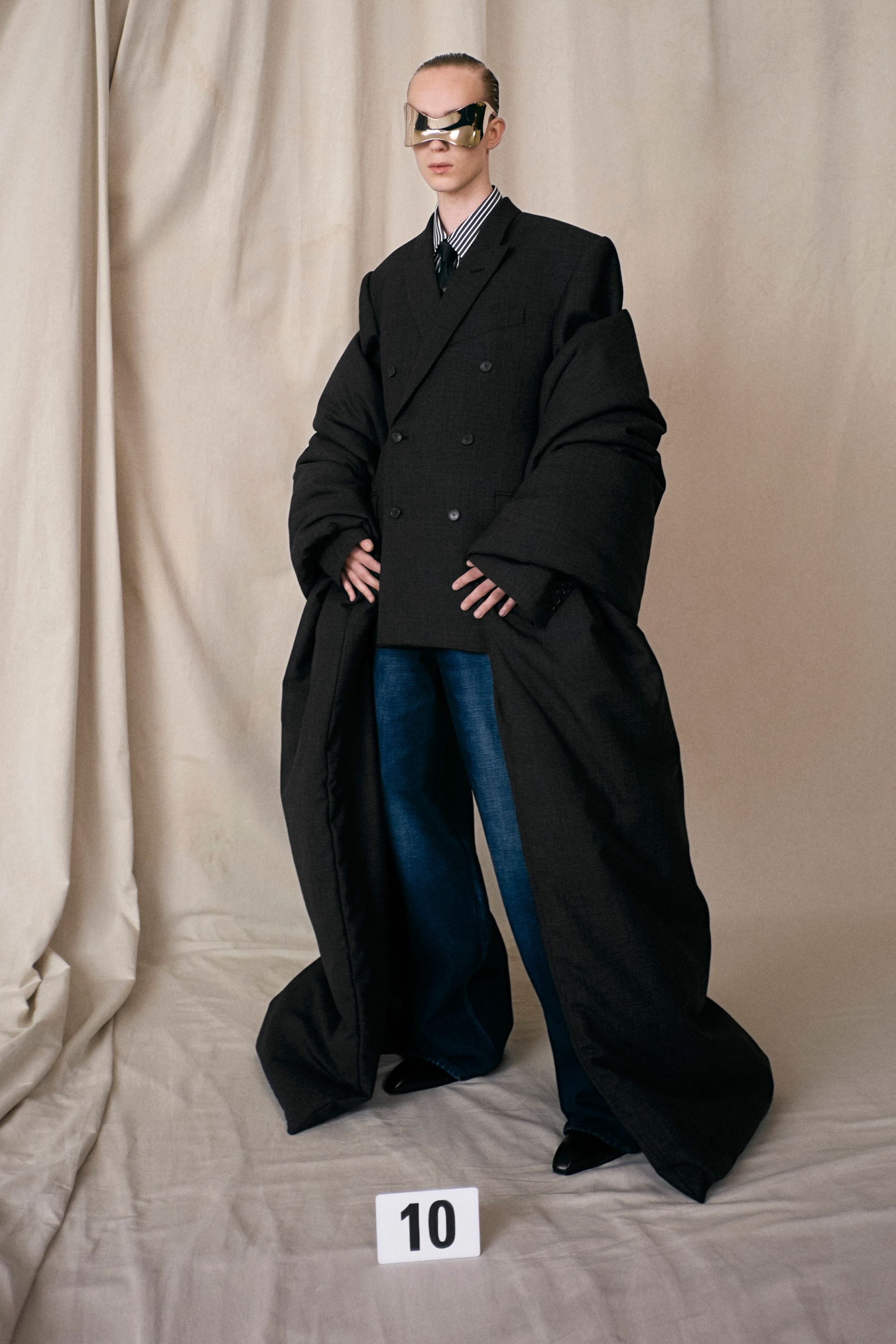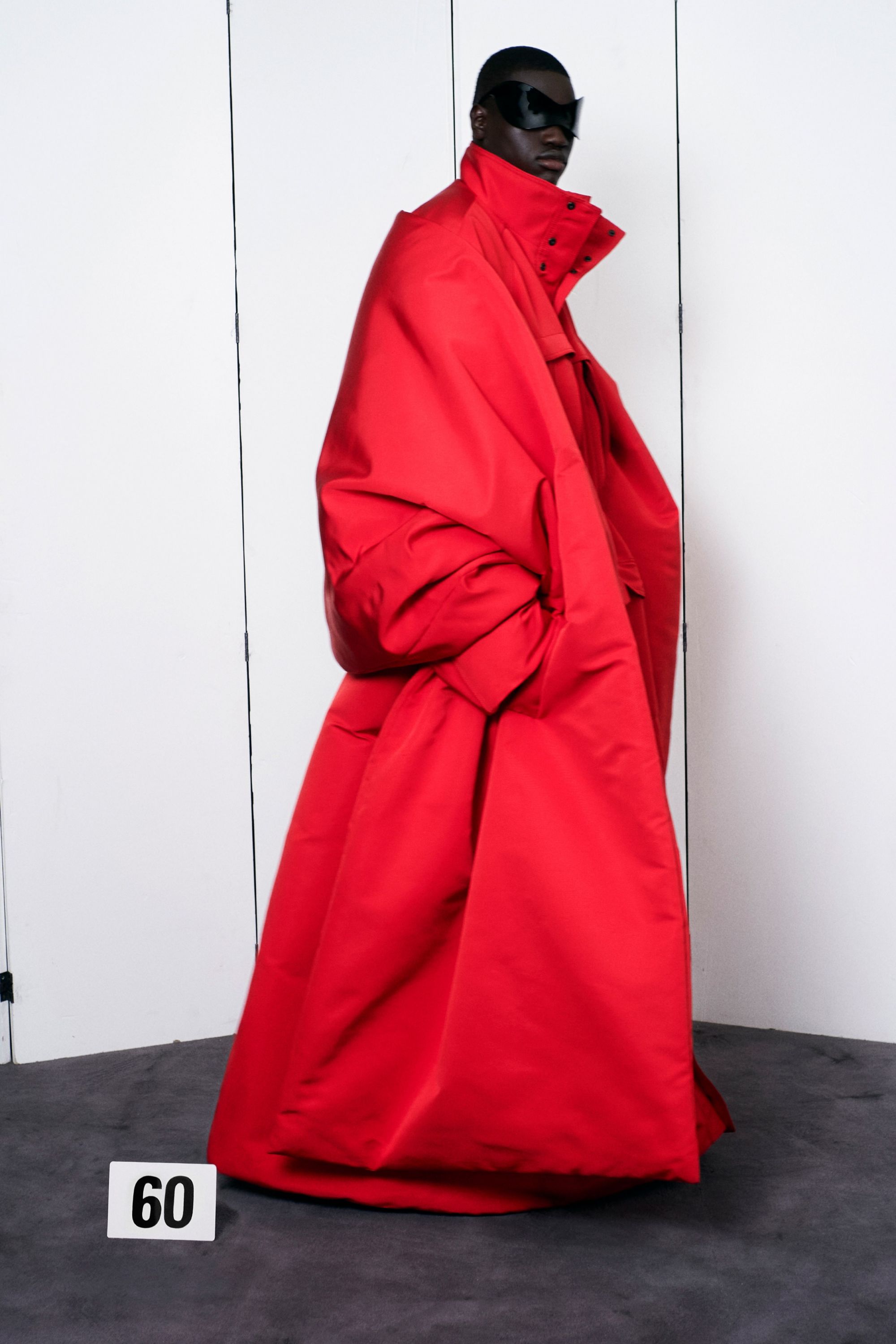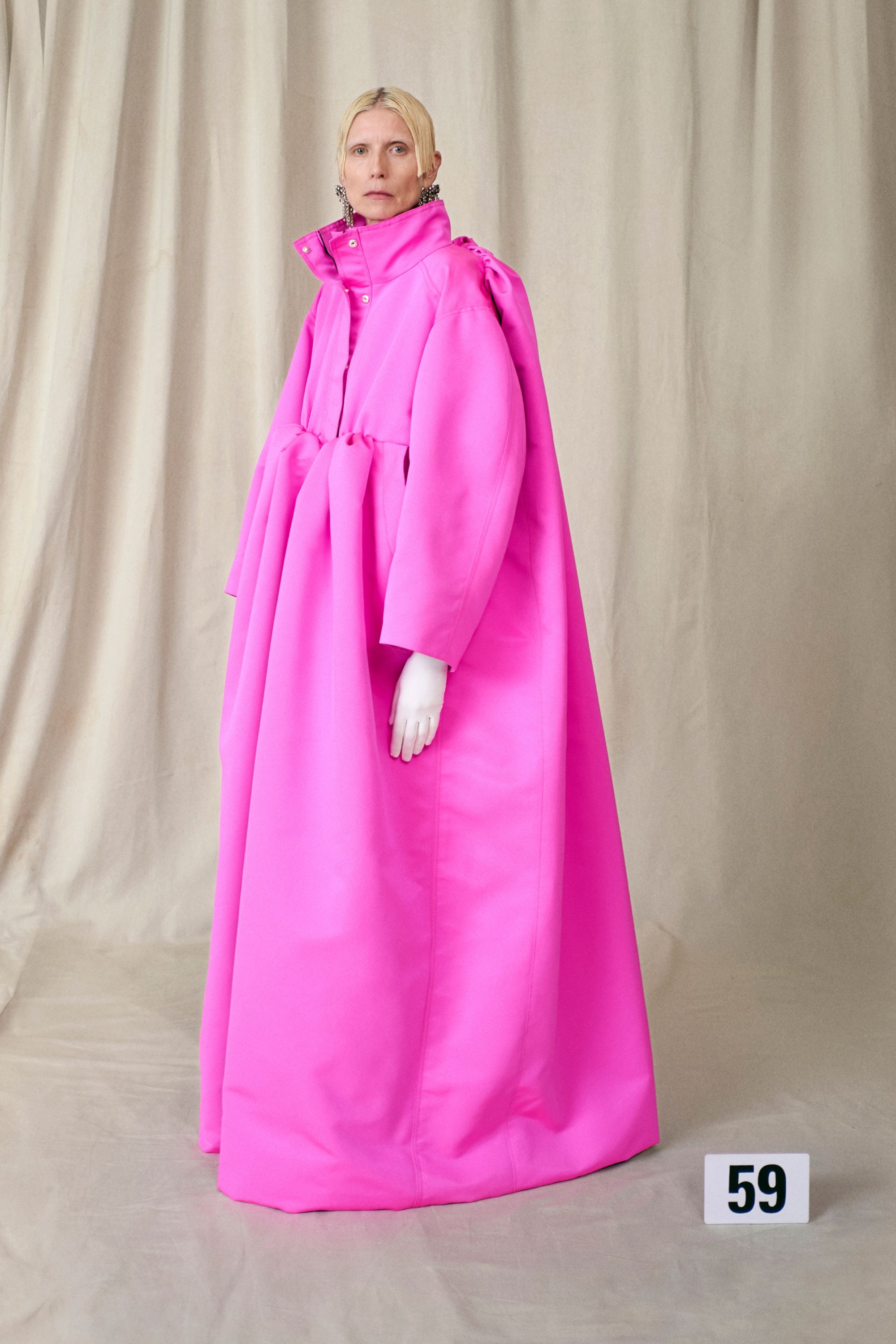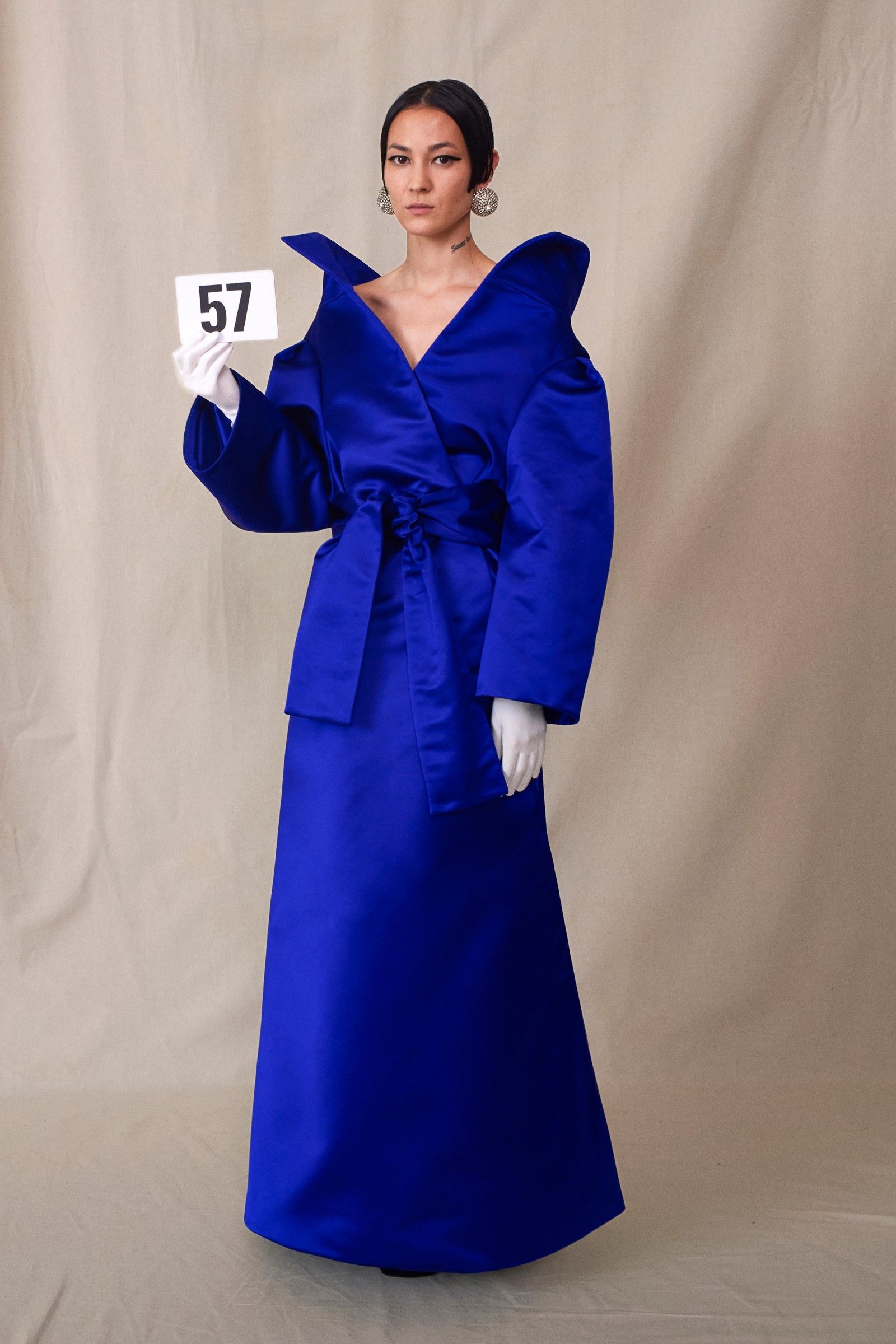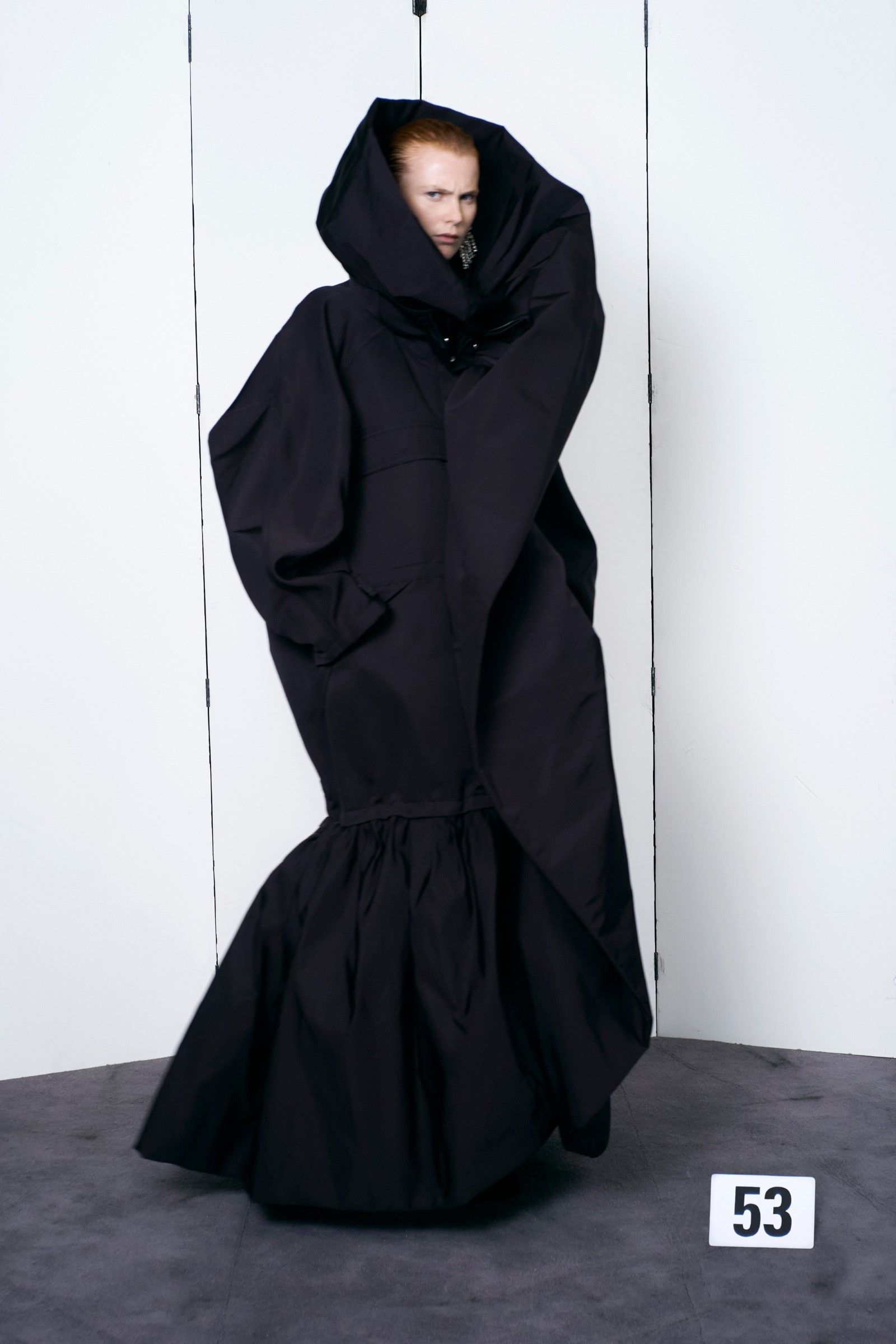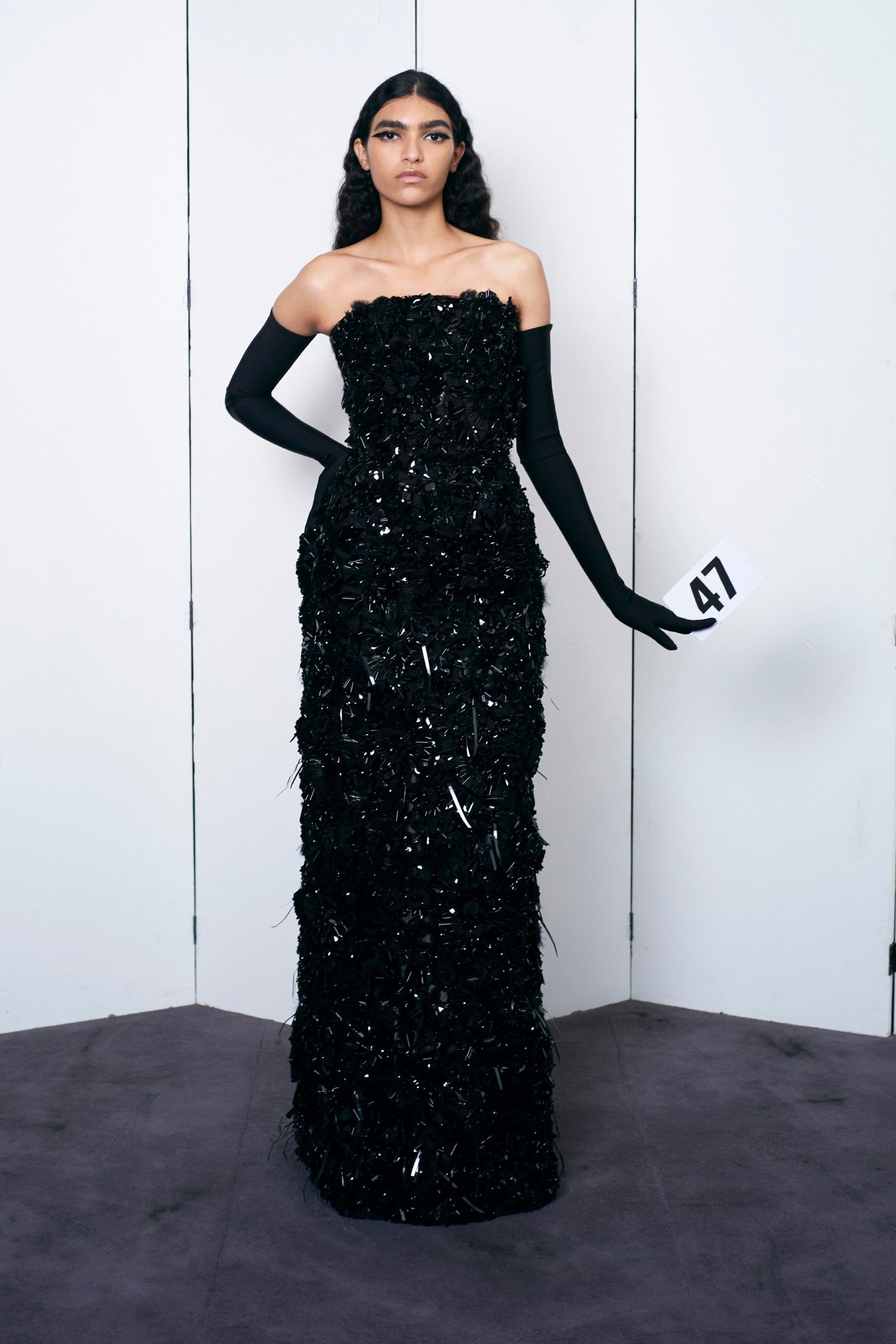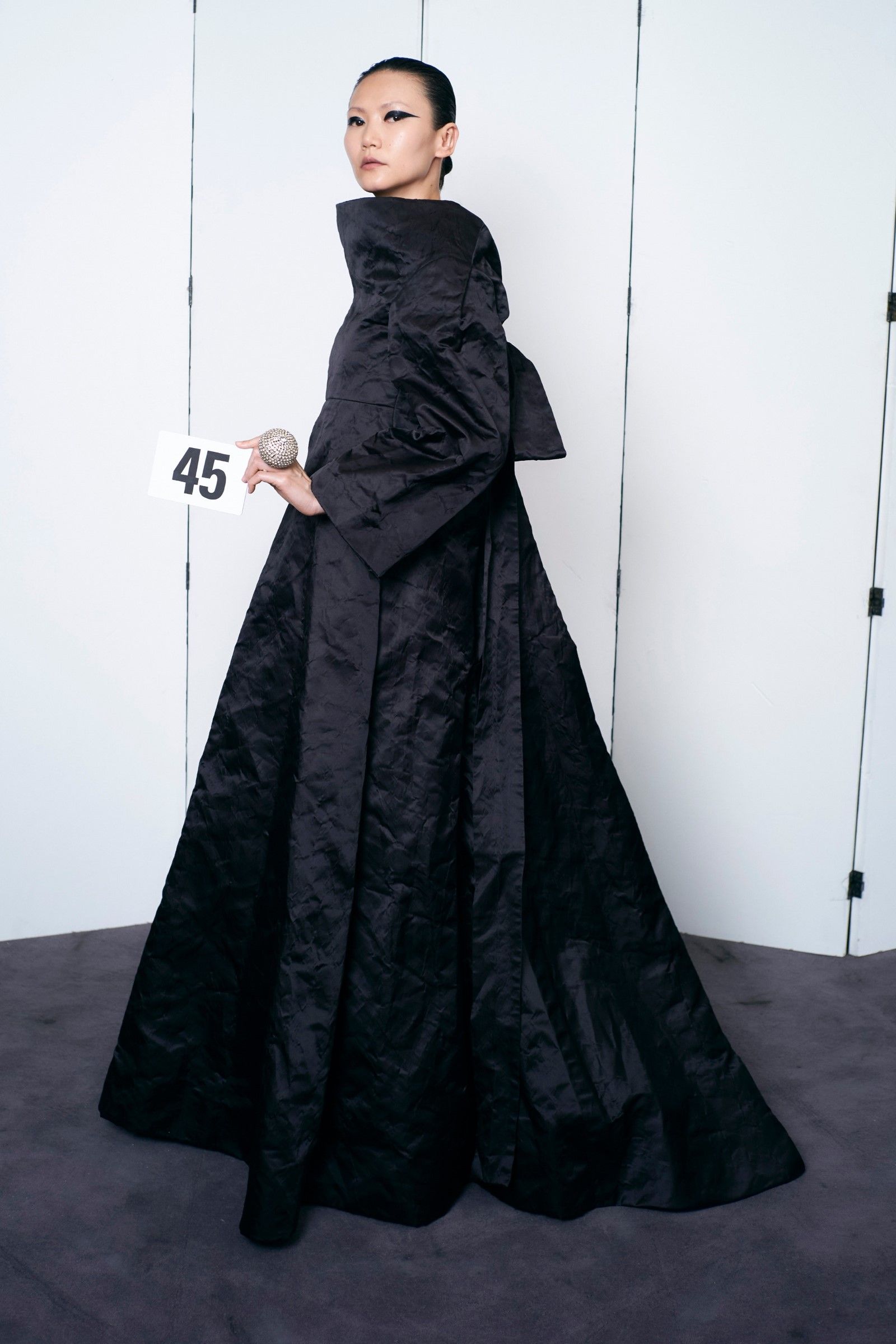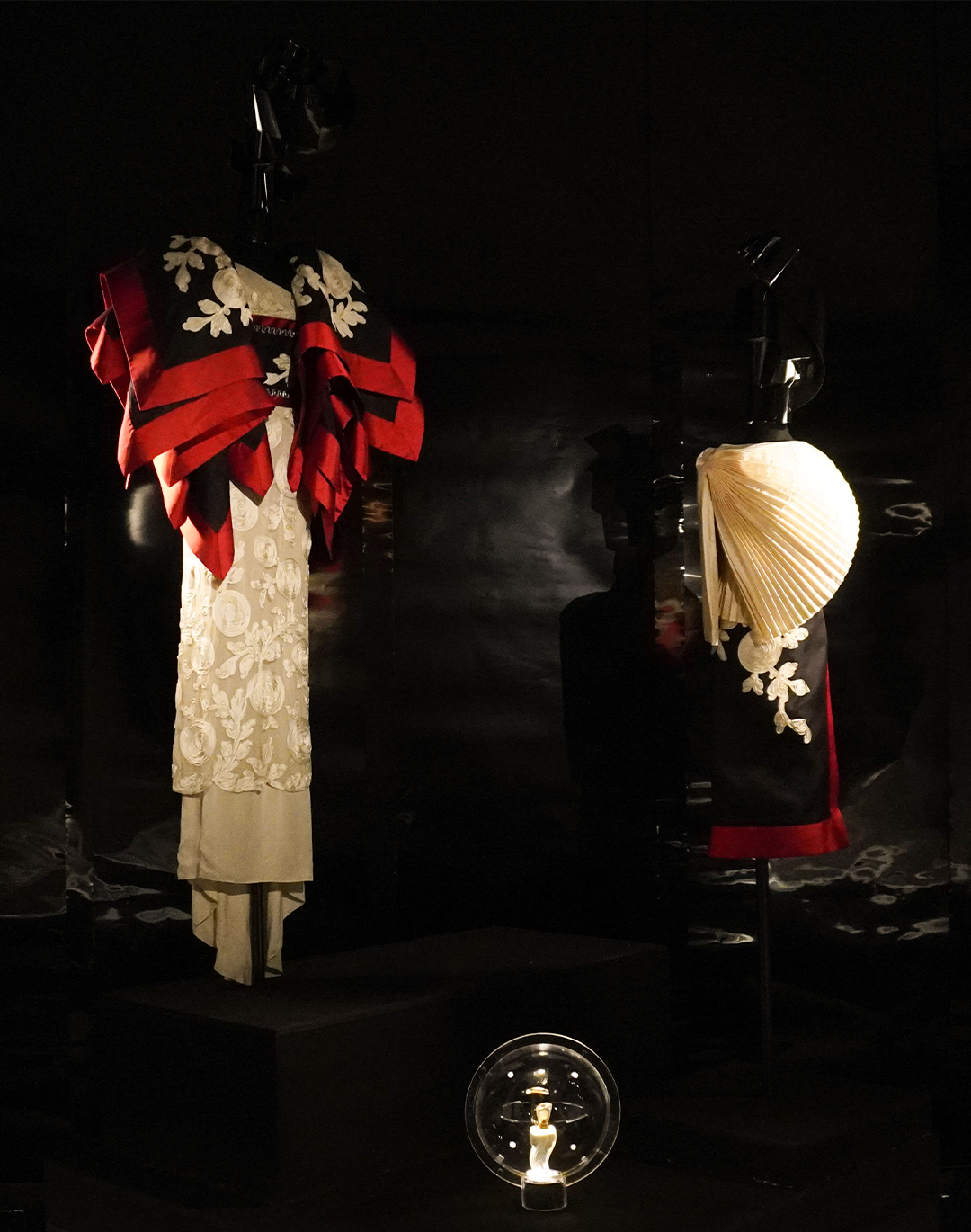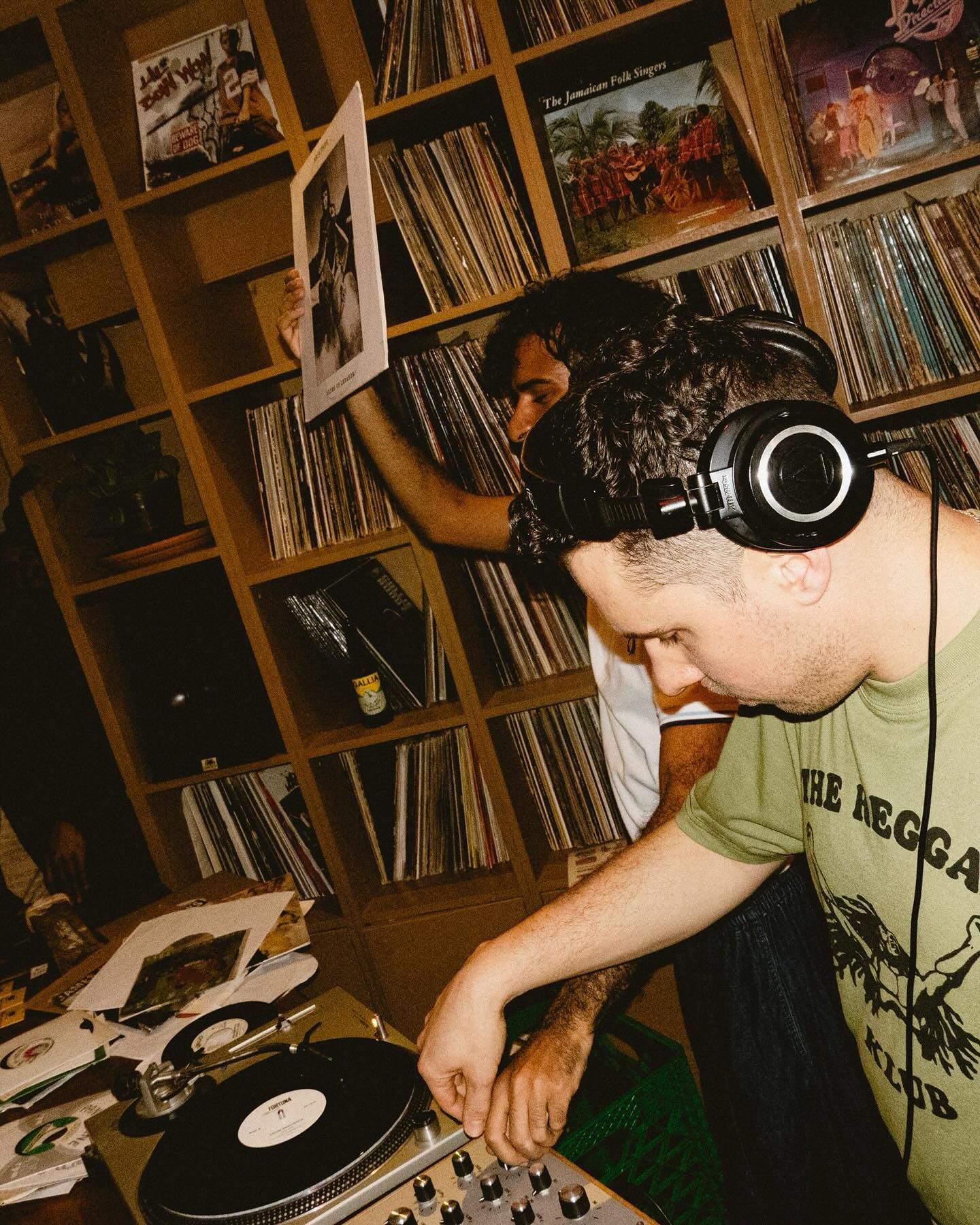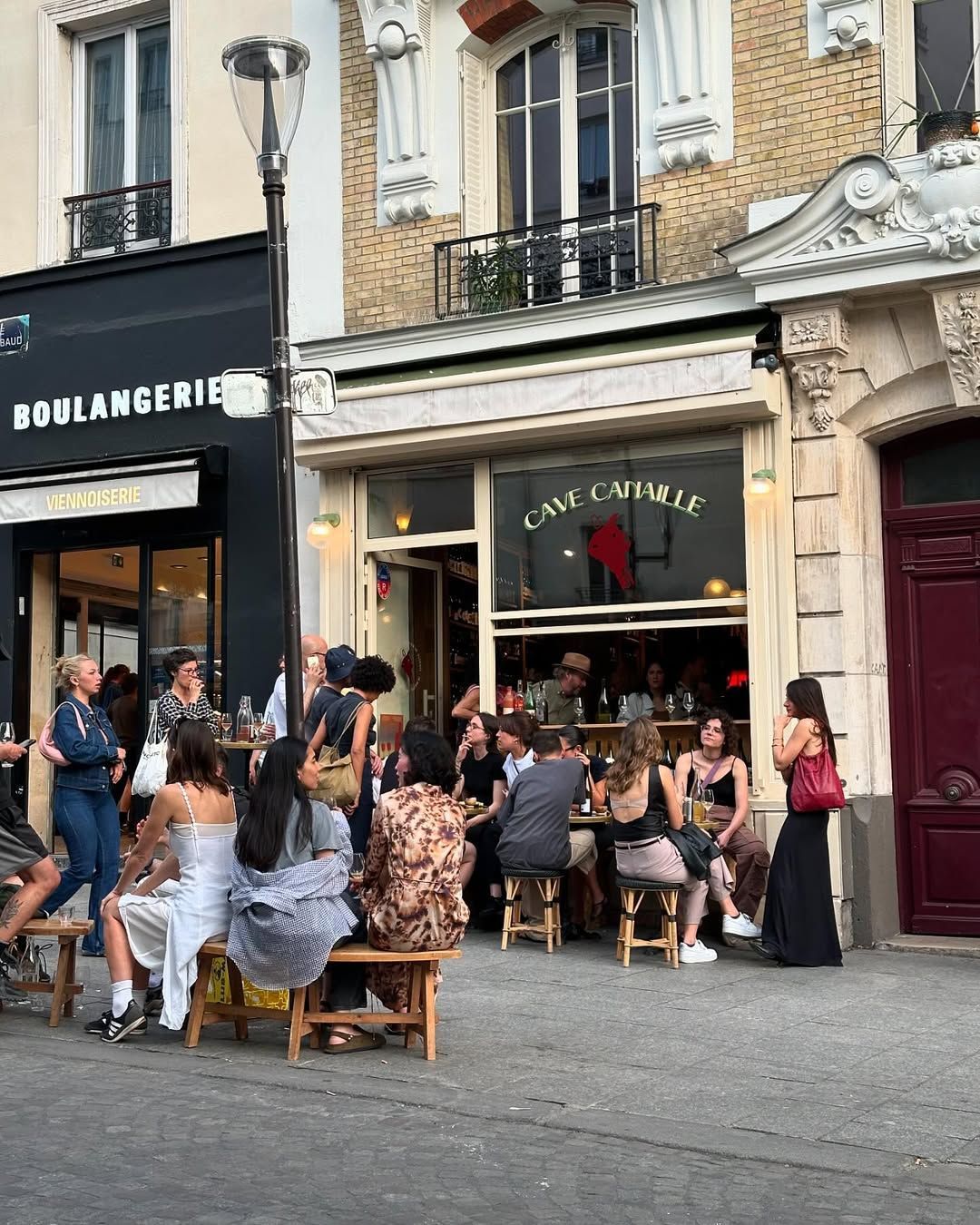
5 things to know about Balenciaga's Couture collection The Haute Couture of 2021 according to Demna Gvasalia
Balenciaga's couture show just staged in Paris was the 50th of the brand – a sign of continuity with the work of founder Cristobàl Balenciaga who had closed his Atelier on Avenue Georges V in 1968. In front of an exceptional audience, which also included Anna Wintour, Bella Hadid and Kanye West, they paraded the 63 looks of a collection that aimed to reinvent for the modern era the concept of Haute Couture both opening it to gender fluidity, and proposing on the catwalk high iterations of those garments loved by Demna that we had already been used to seeing on the ready-to-wear catwalk of the brand.
There were many details to note in this collection, which brought Balenciaga back on the Couture calendar after more than fifty years of flashy absence. Here are the 5 things to know about Balenciaga's new Couture show.
1. Couture is gender-fluid
Demna told Tim Blanks of Business of Fashion: «The idea of gender in couture felt very irrelevant to me. If I want to do couture in 2021, I feel like I cannot really give it a gender». And that's why the show included a large majority of completely fluid looks that wanted to update the idea behind it, that is, that of a sartorial world designed exclusively for a static and heteronormative idea of femininity.
2. Esclusivity & inclusivity
Haute Couture is by its very definition something separate and higher from the rest of fashion – a status Demna challenged by proposing couture makeovers of entirely everyday dresses such as jeans decorated with silver buttons and sculptural t-shirts whose shape came from internal padding. The presence of noble materials and the complex construction, therefore, served to elevate those democratic and bourgeois items to the art level, such as blazers, bathrobes and trench coats. In this sense, one of the final looks of the show was significant, which united on the front a ceremonial skirt that became, on the back, a suit of top and trousers.
3. The influence of the past
Unlike Balenciaga's often very spectacular shows, this presentation wanted to refer to the original format of the fashion show, with the chairs lined up along the walls of the atelier and the models walking around in silence. The atelier was also the same as Cristobàl Balenciaga, restored in detail to bring it back to the appearance it had when it was closed by the founder. The presence of the past was also felt in the most traditional part of the collection, which included various references to the brand's archive, especially pagoda headdresses, one of the outerwear with architectural drapery and the last wedding look that closed the show. For the jackets in the collection, Demna and his team studied the authentic suit that Cristobàl Balenciaga wore, preserved in the brand's archives.
4. Anti-consumerism
Demna specified in the interview with Blanks that Balenciaga will produce only one Haute Couture collection a year, not two, to give himself time to reflect on every detail. This idea of slow fashion is also designed for the final consumer: «The notion of couture can help [fashion] survive by going back to the human, where it comes from. The idea is kind of anti-consumption […] Maybe somebody just stops buying sneakers and T-shirts for a year or two, and then they can have this amazing couture trench coat.».
5. The return to physical, collaborative fashion
The show was important for Demna as, as he himself said, the designer had begun to have doubts about his career. At first, creating looks for Haute Couture made him rediscover the joy he could find in his work, in assembling an international team (Massaro Paris for footwear, the Swiss company Abraham for fabrics, the London-based Huntsman & Sons for tailoring) and in studying the brand's heritage in depth. But above all Haute Couture taught him that fashion must return to its less commercial roots and more related to pure craftsmanship and creativity: «The more we have digital shows, the more we need physical shows for couture. The more we mass-produce, the more we need one-of-a-kind products», Demna explained to WWD.











































